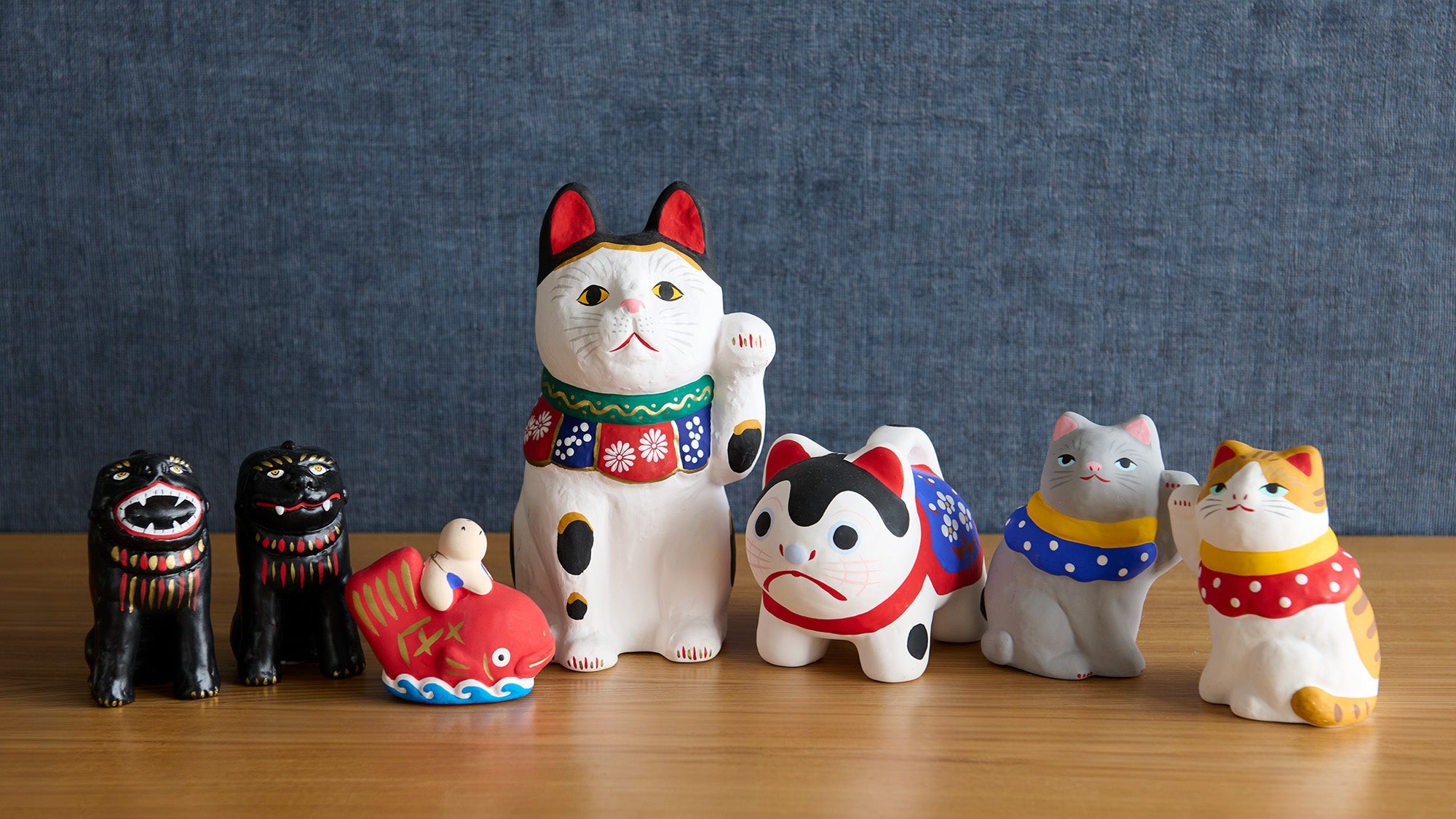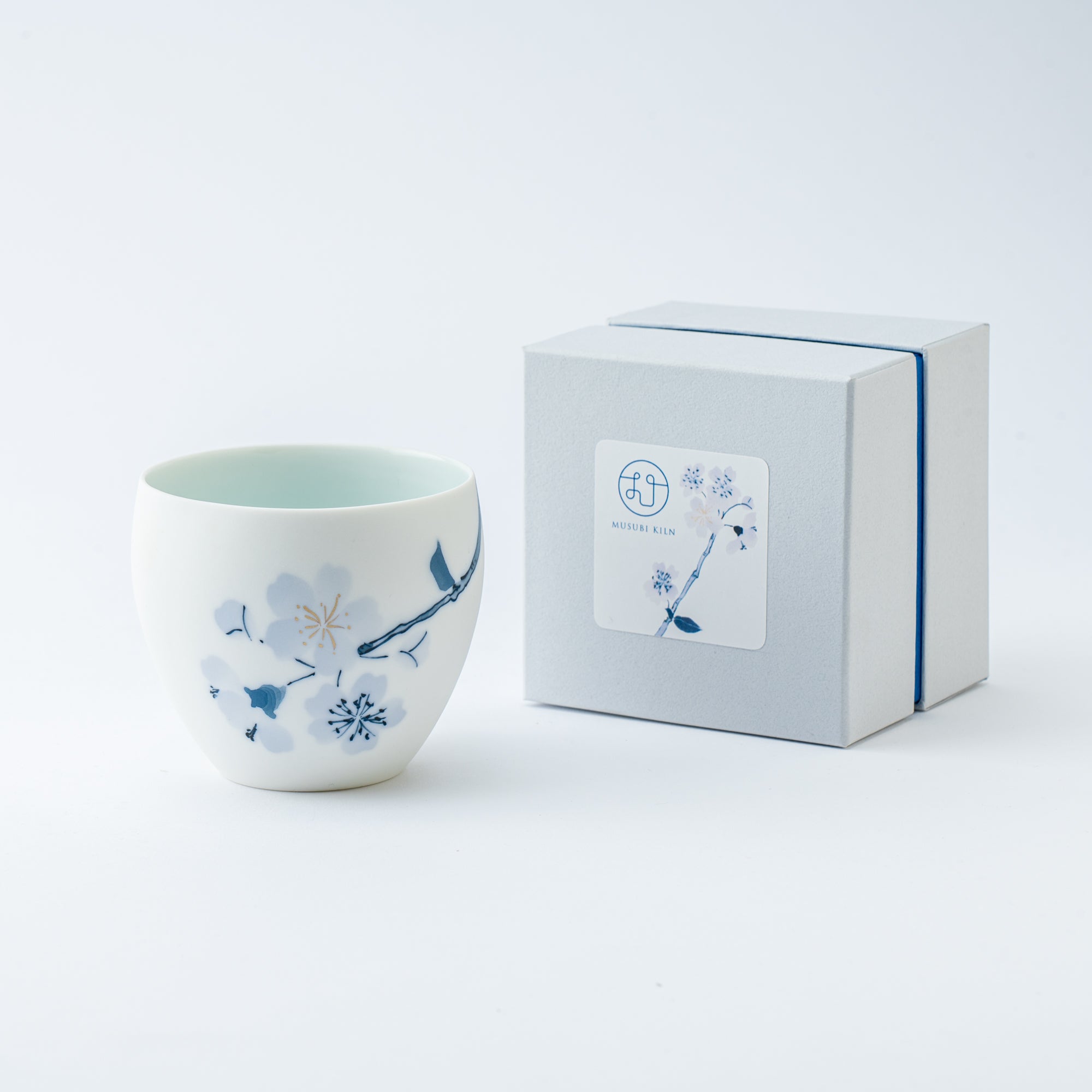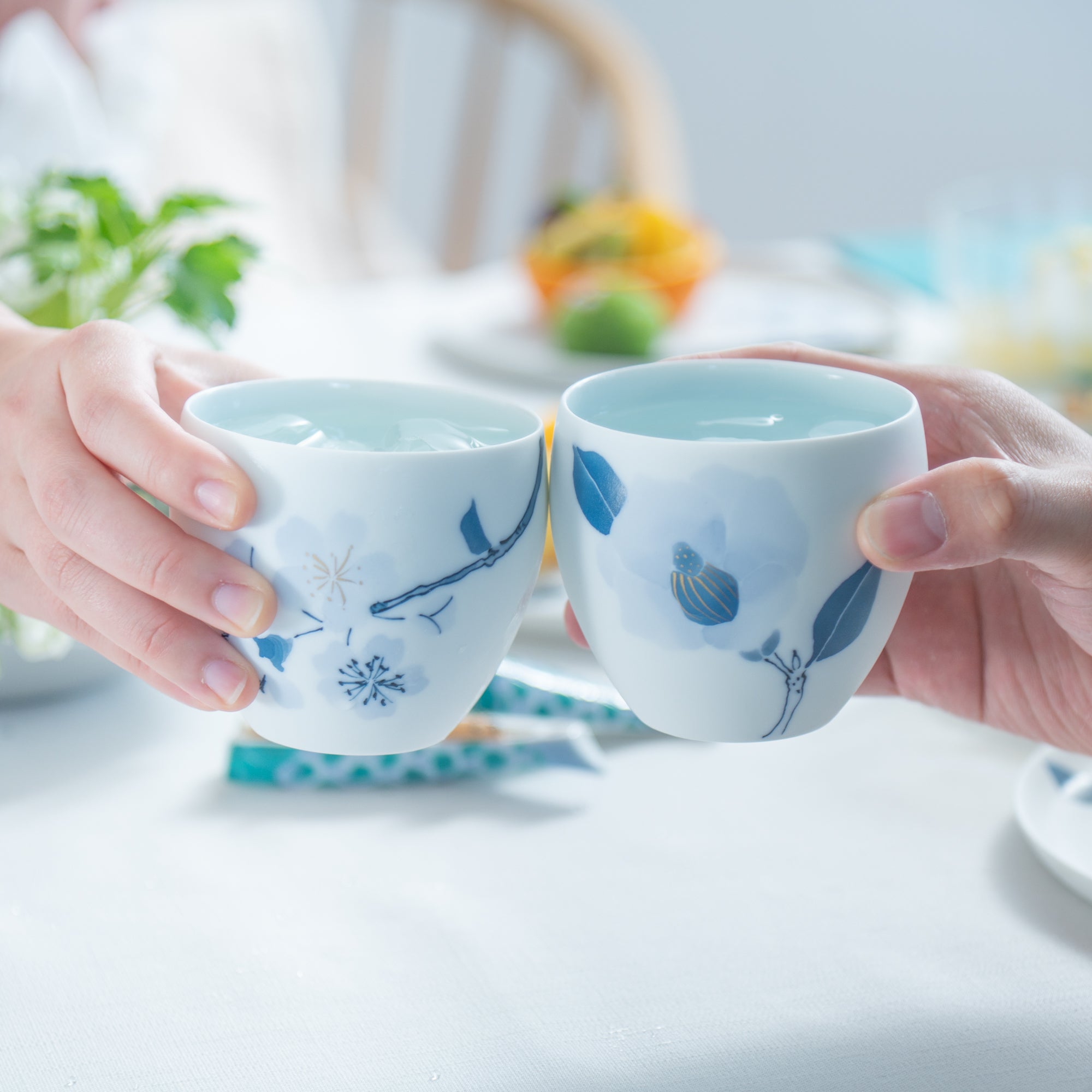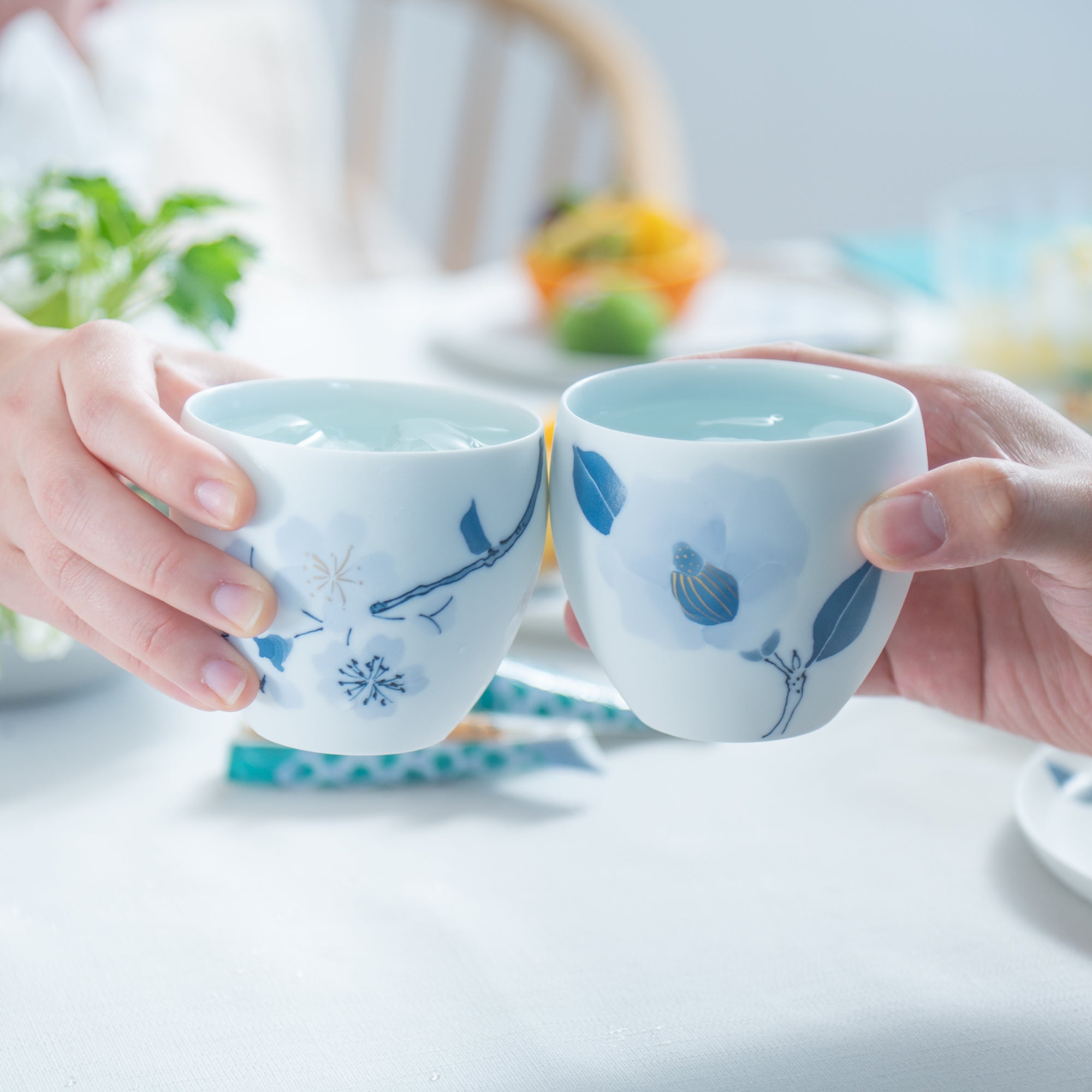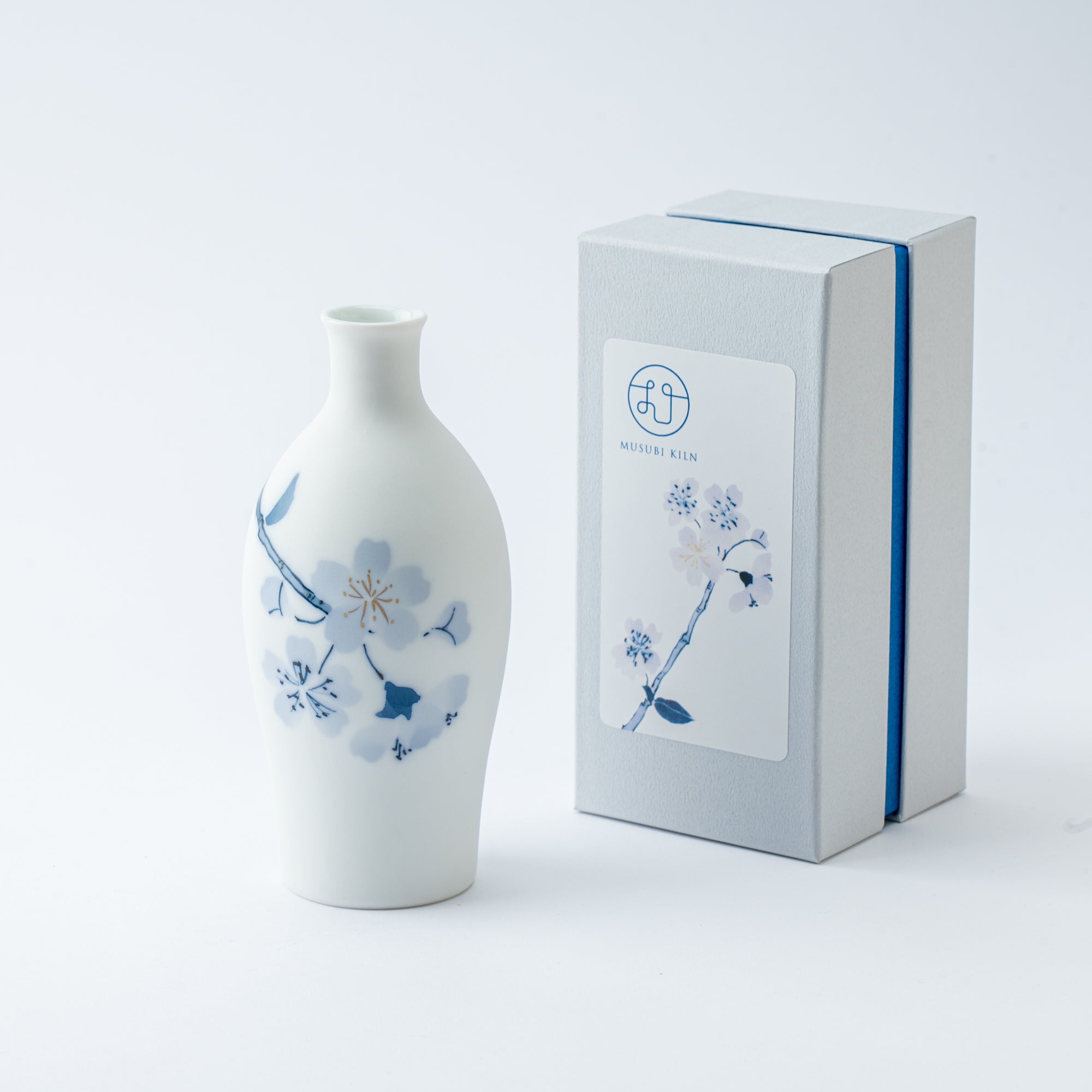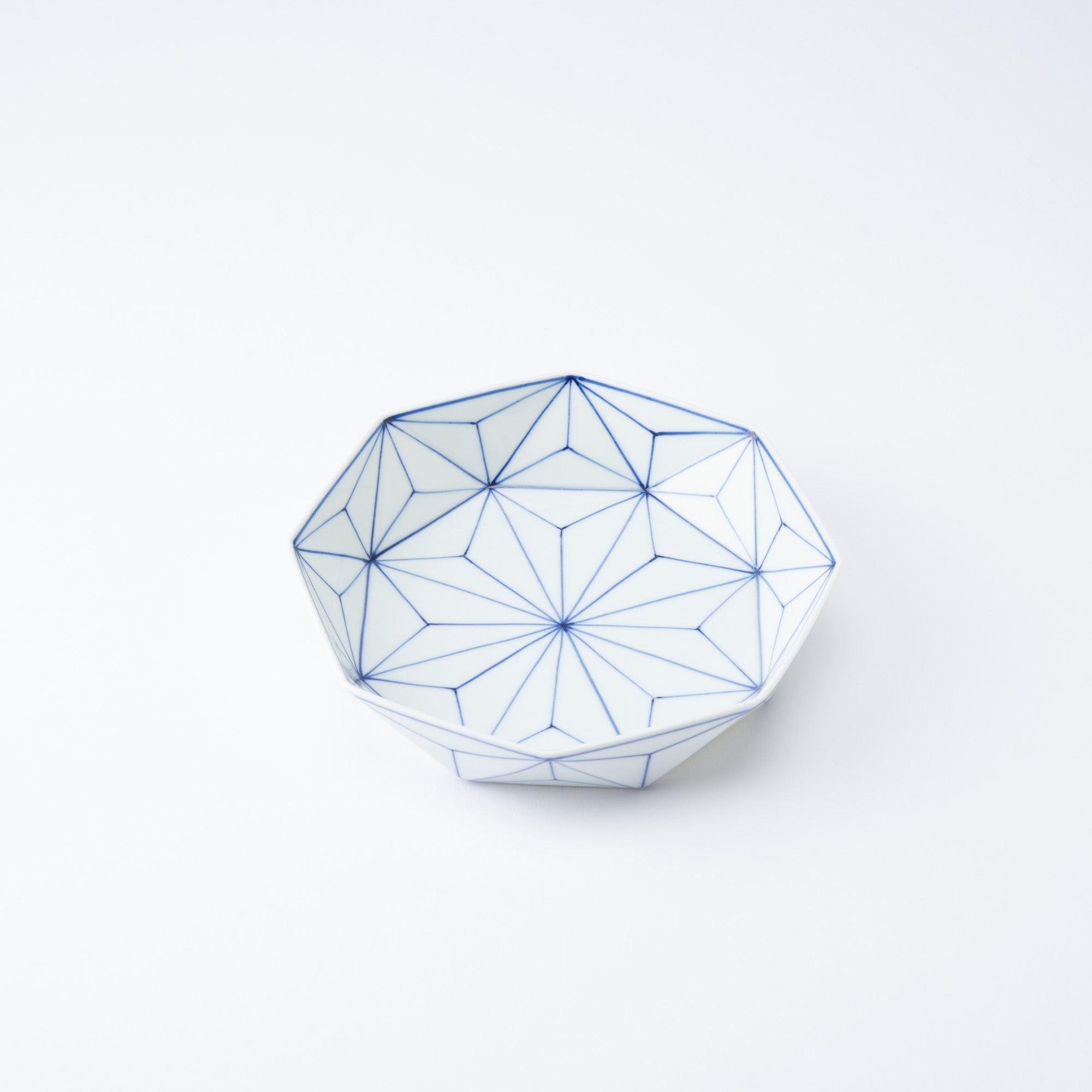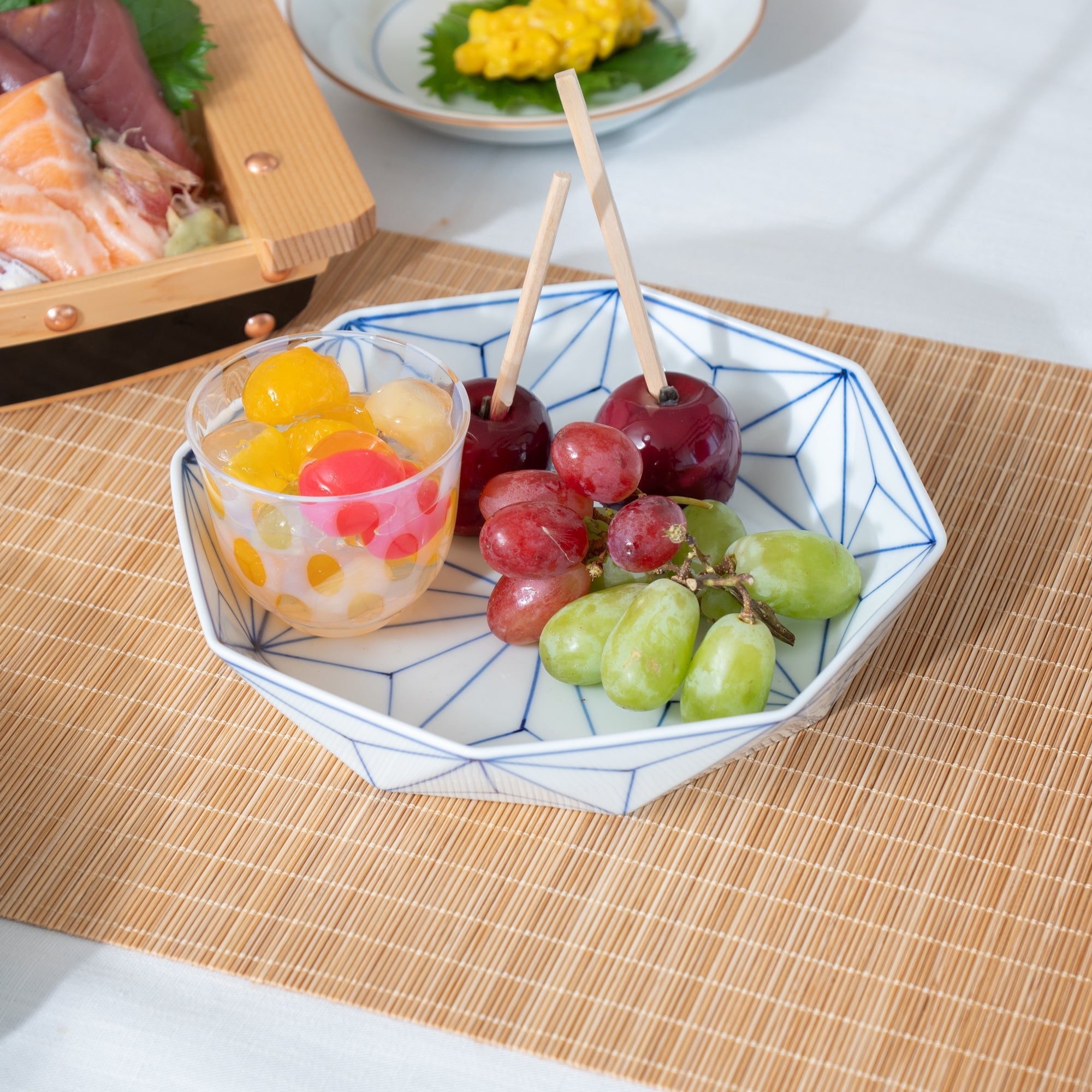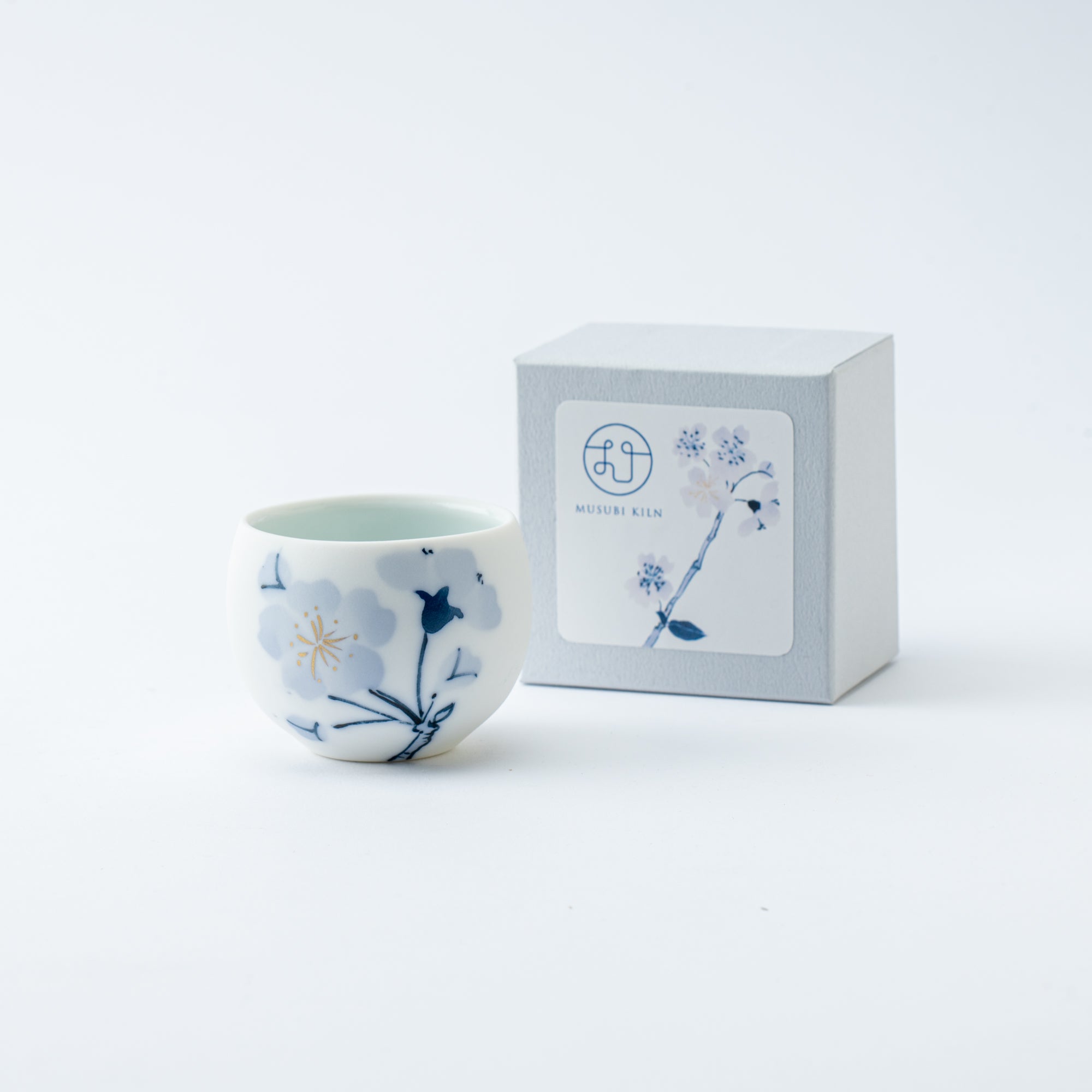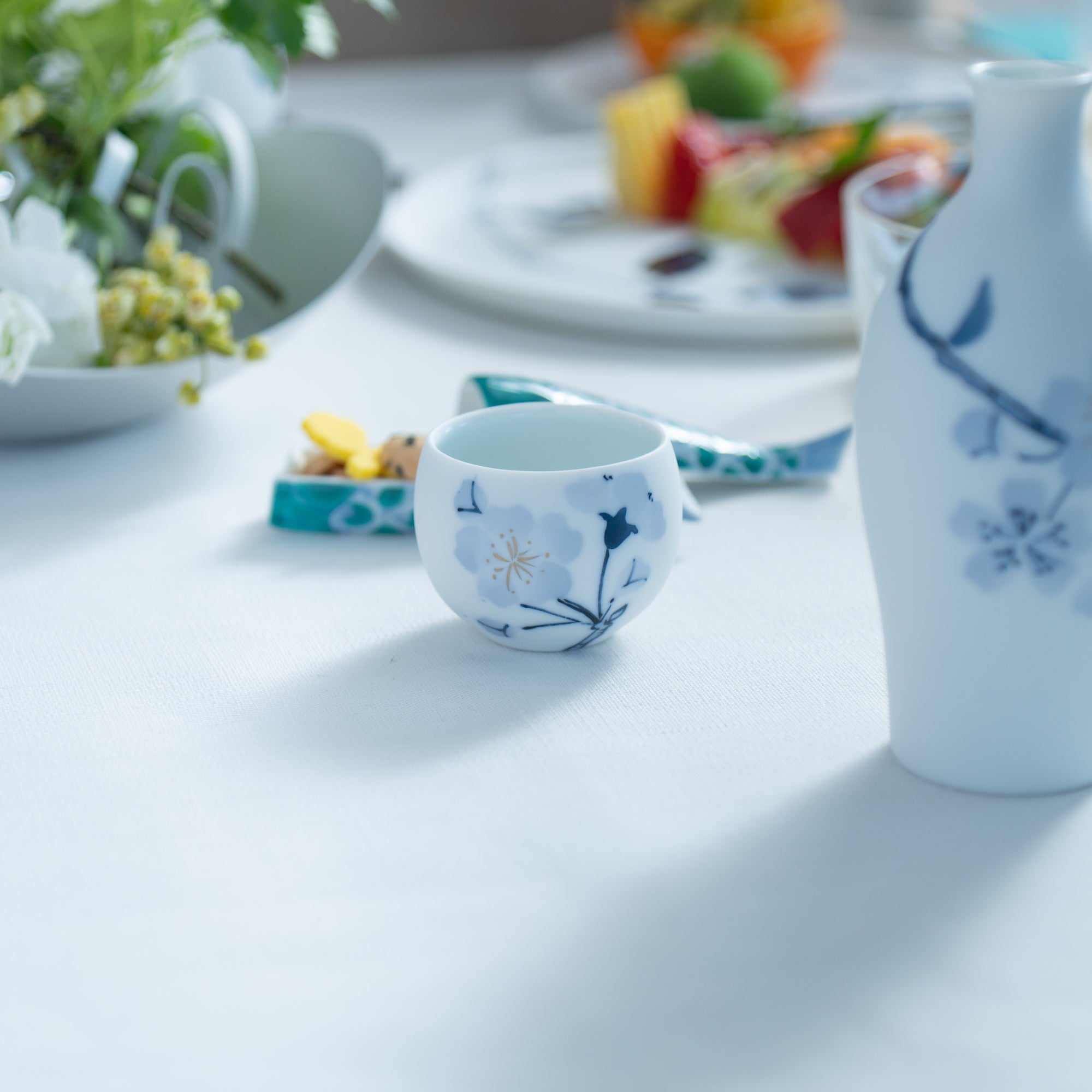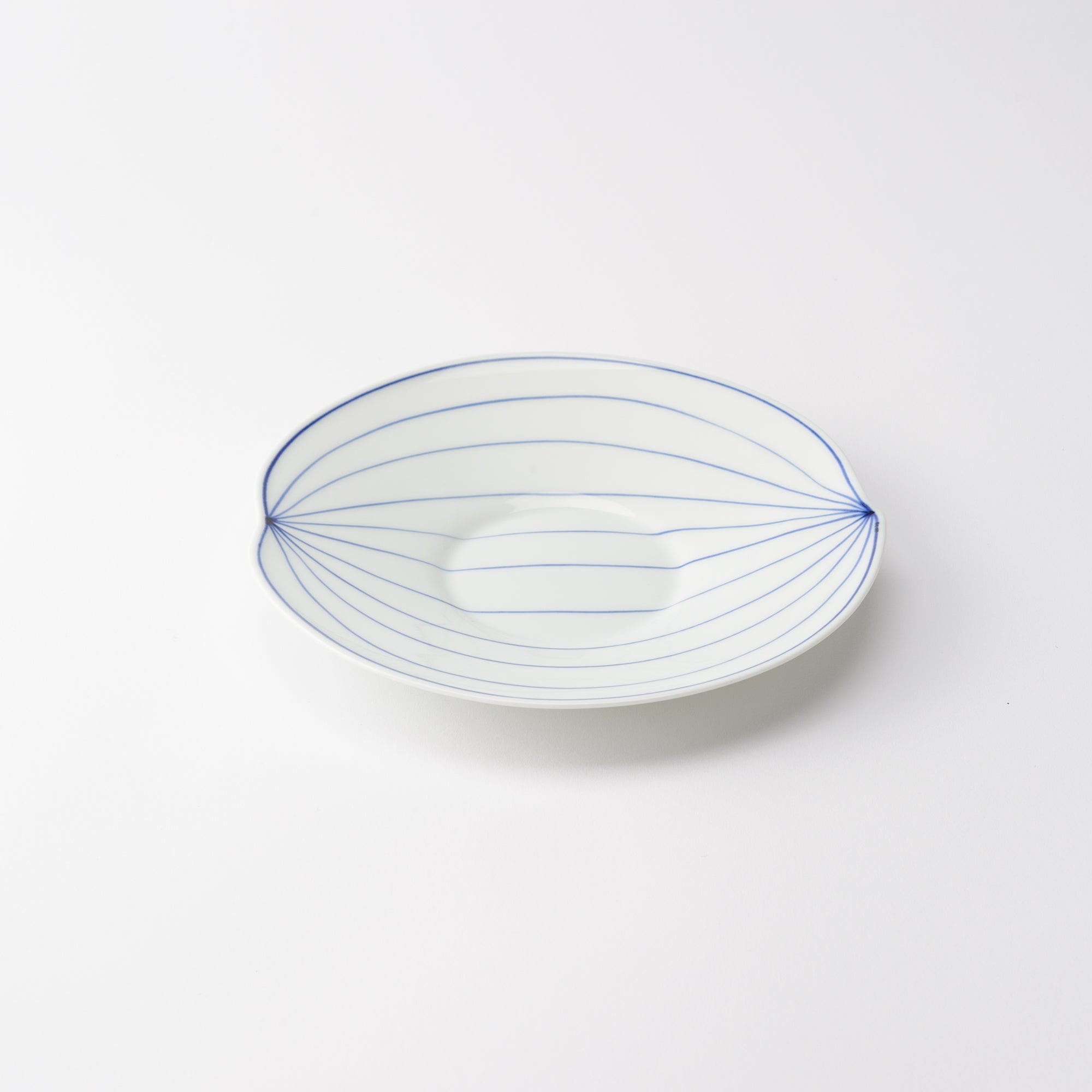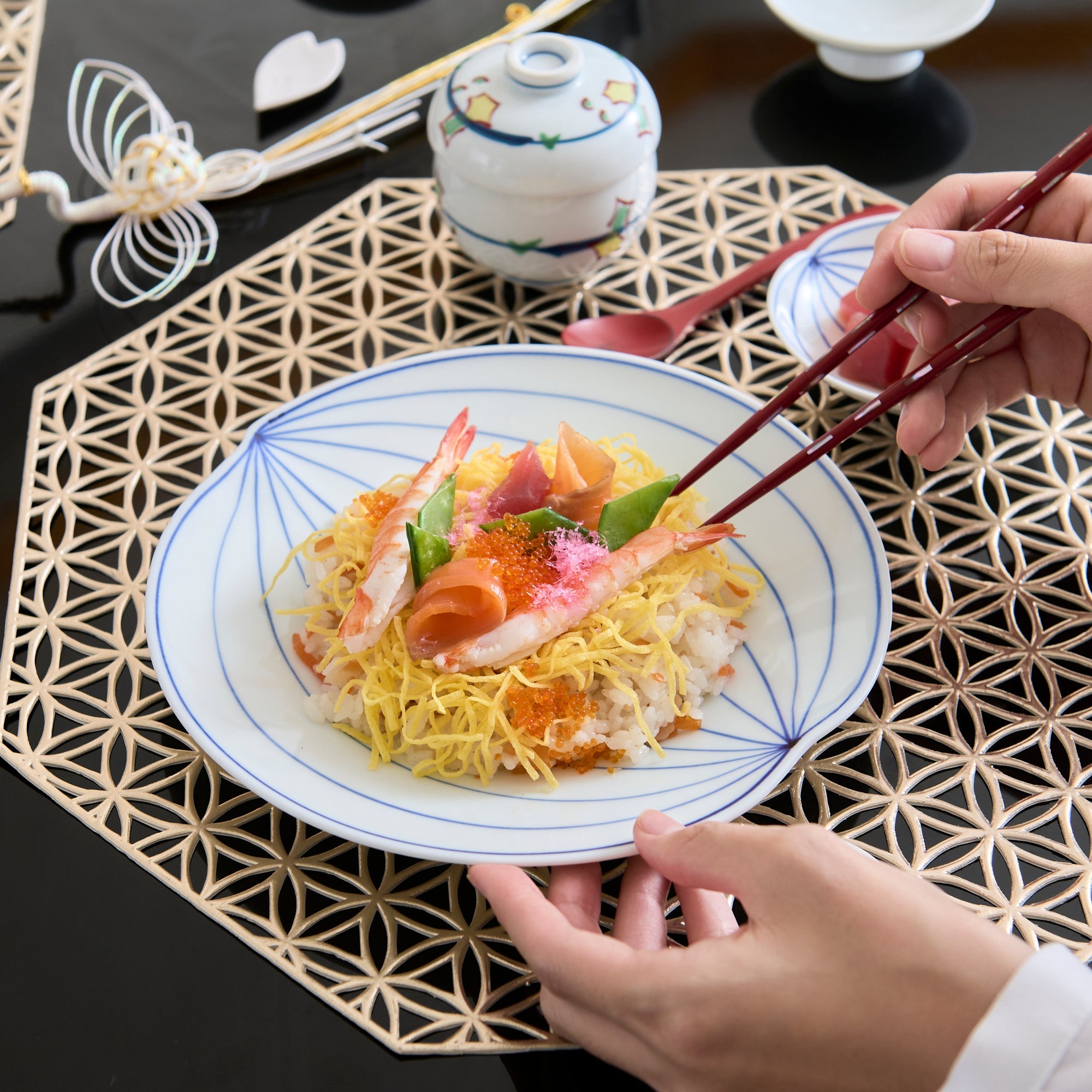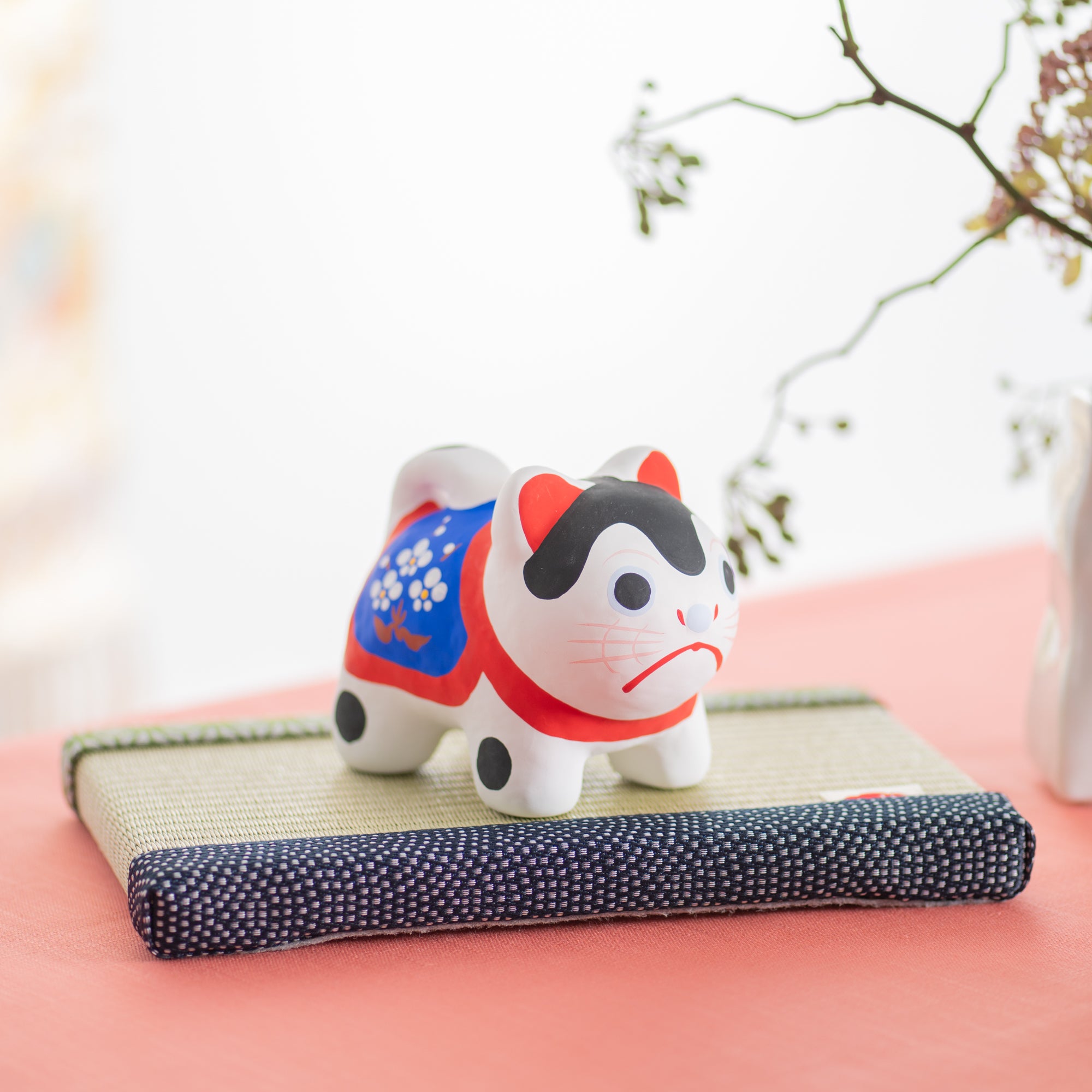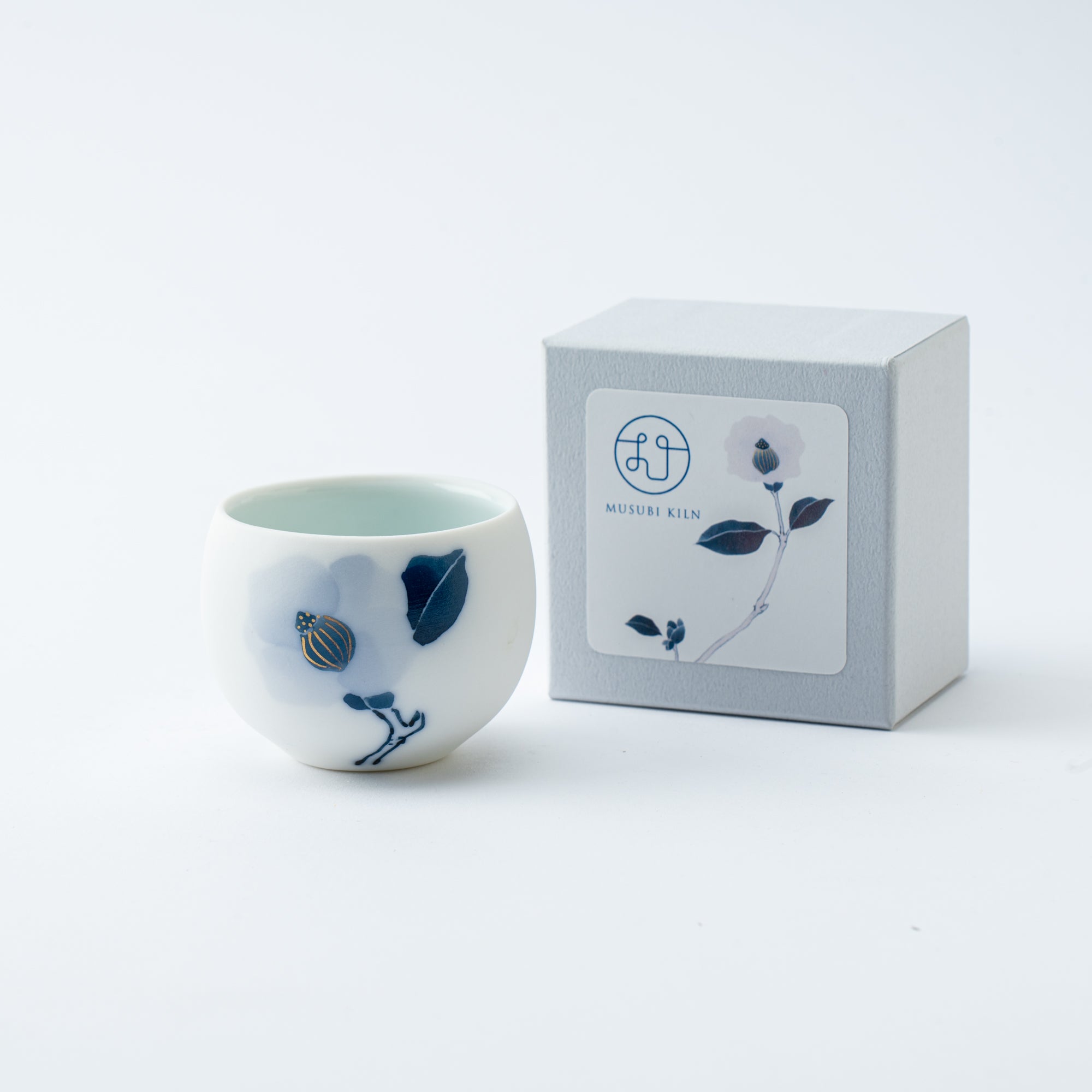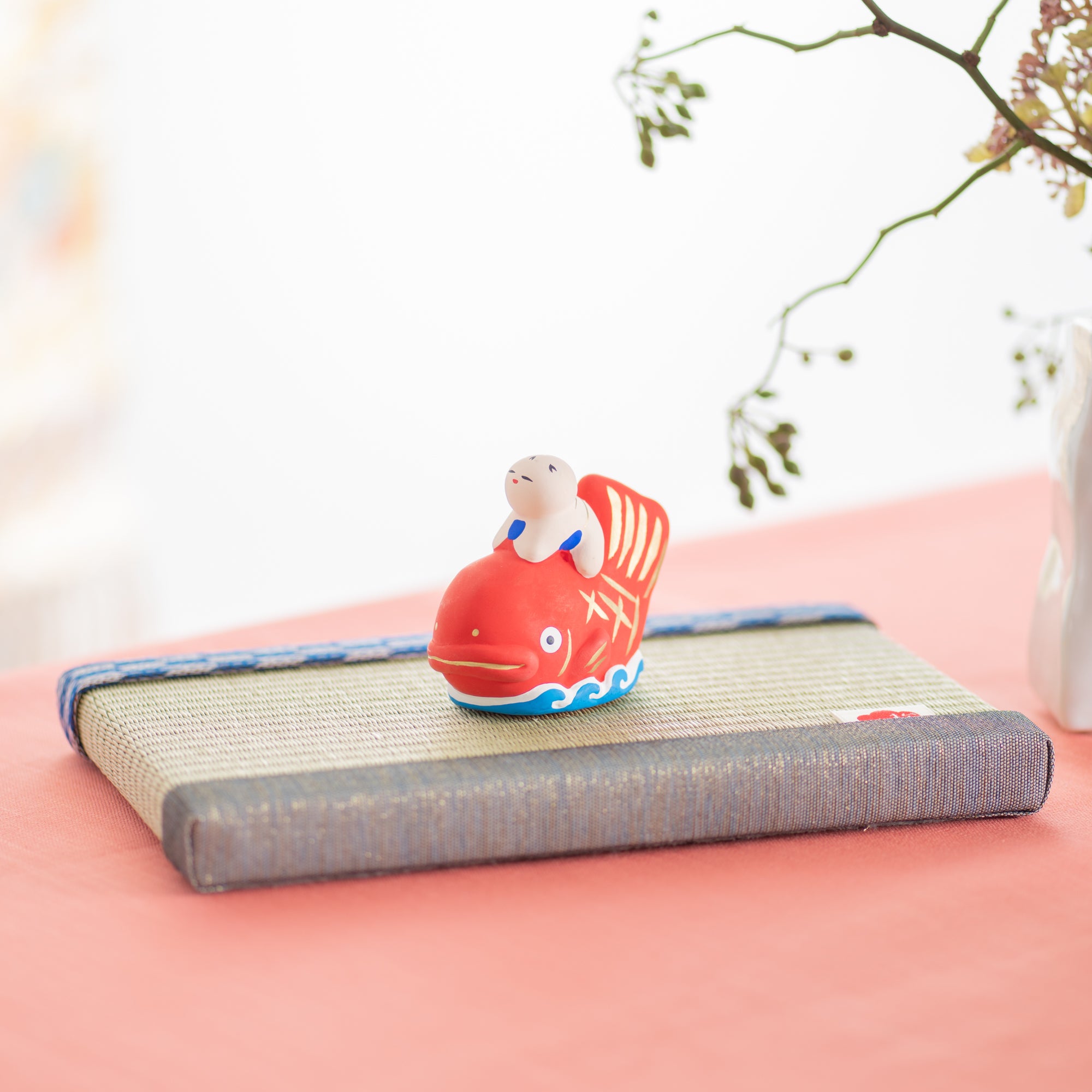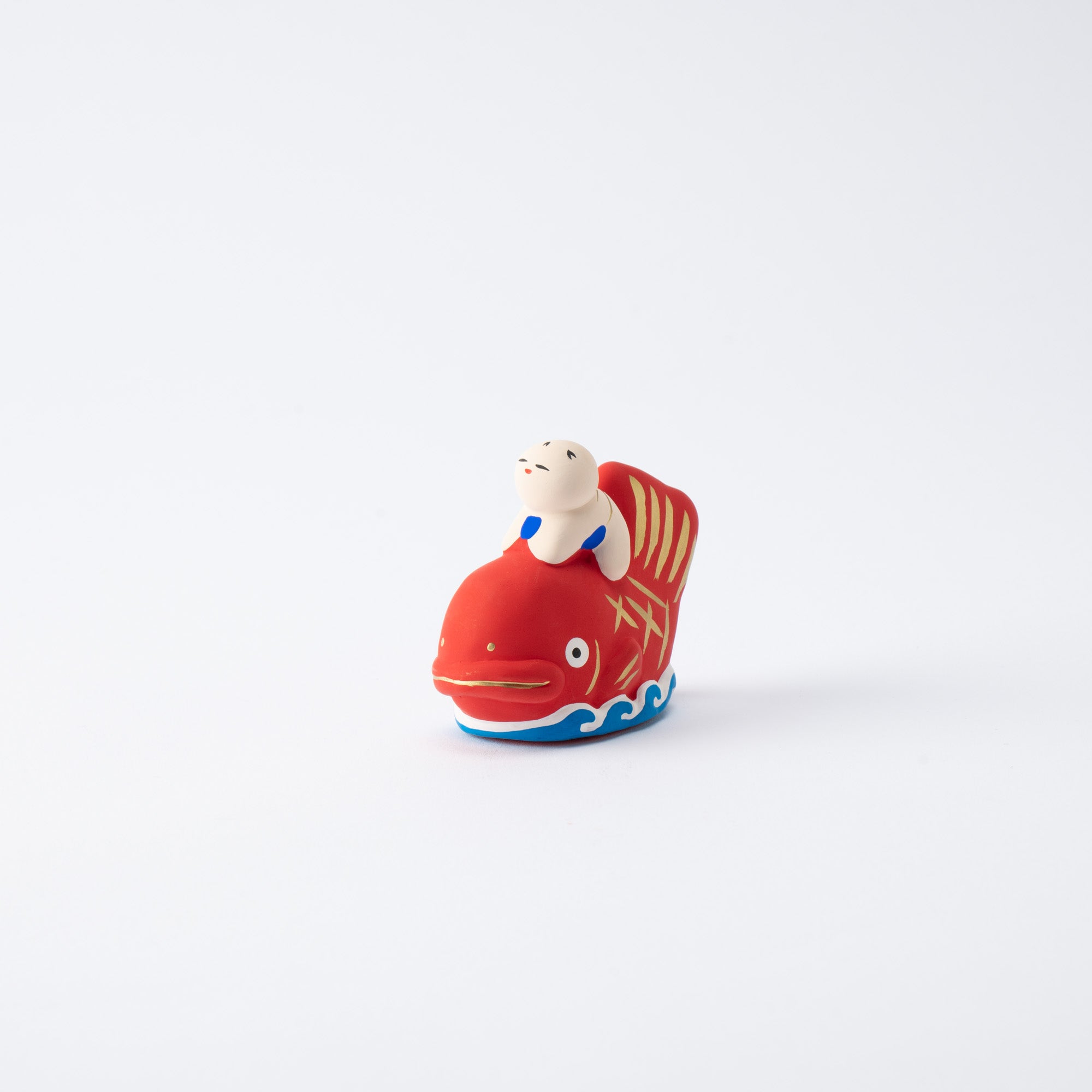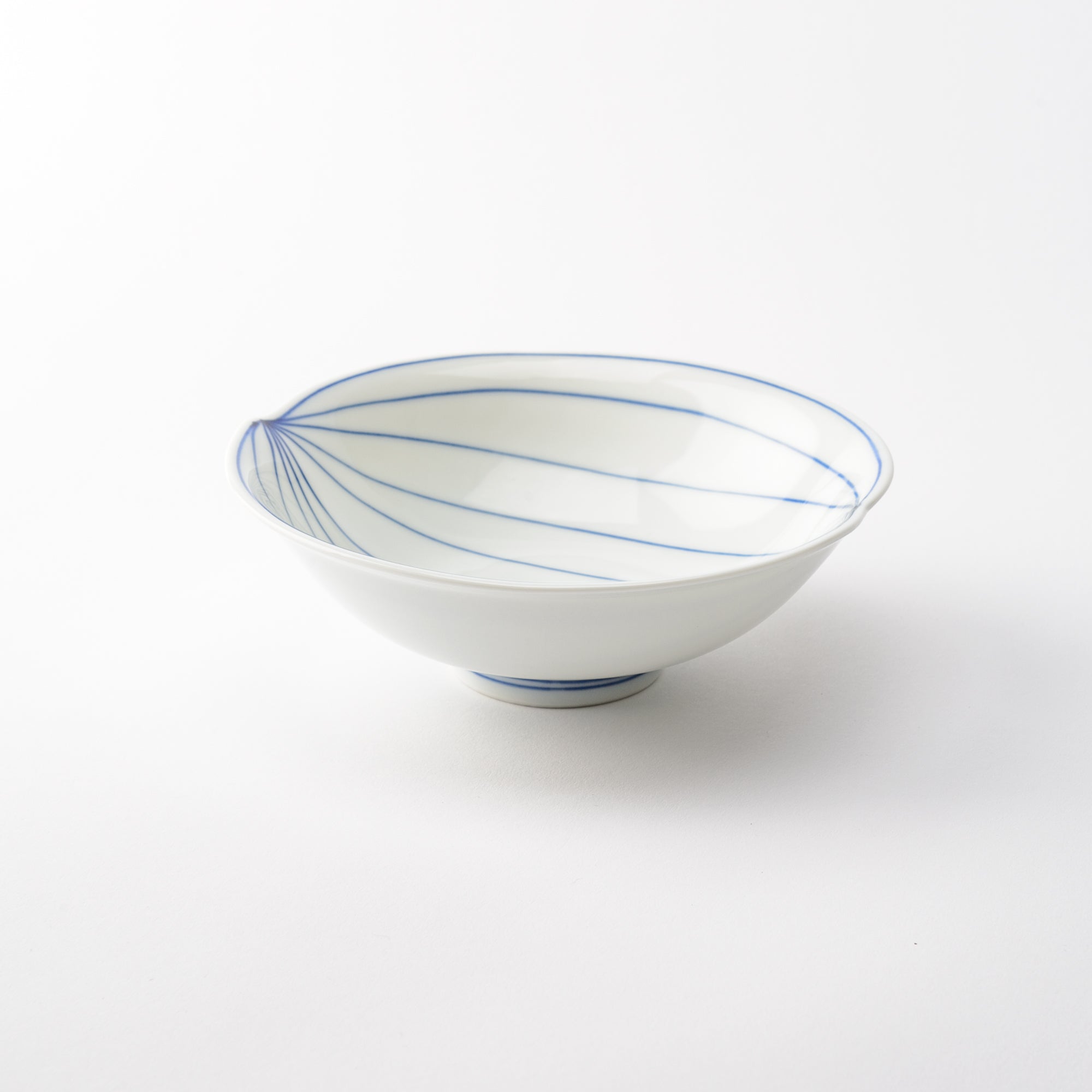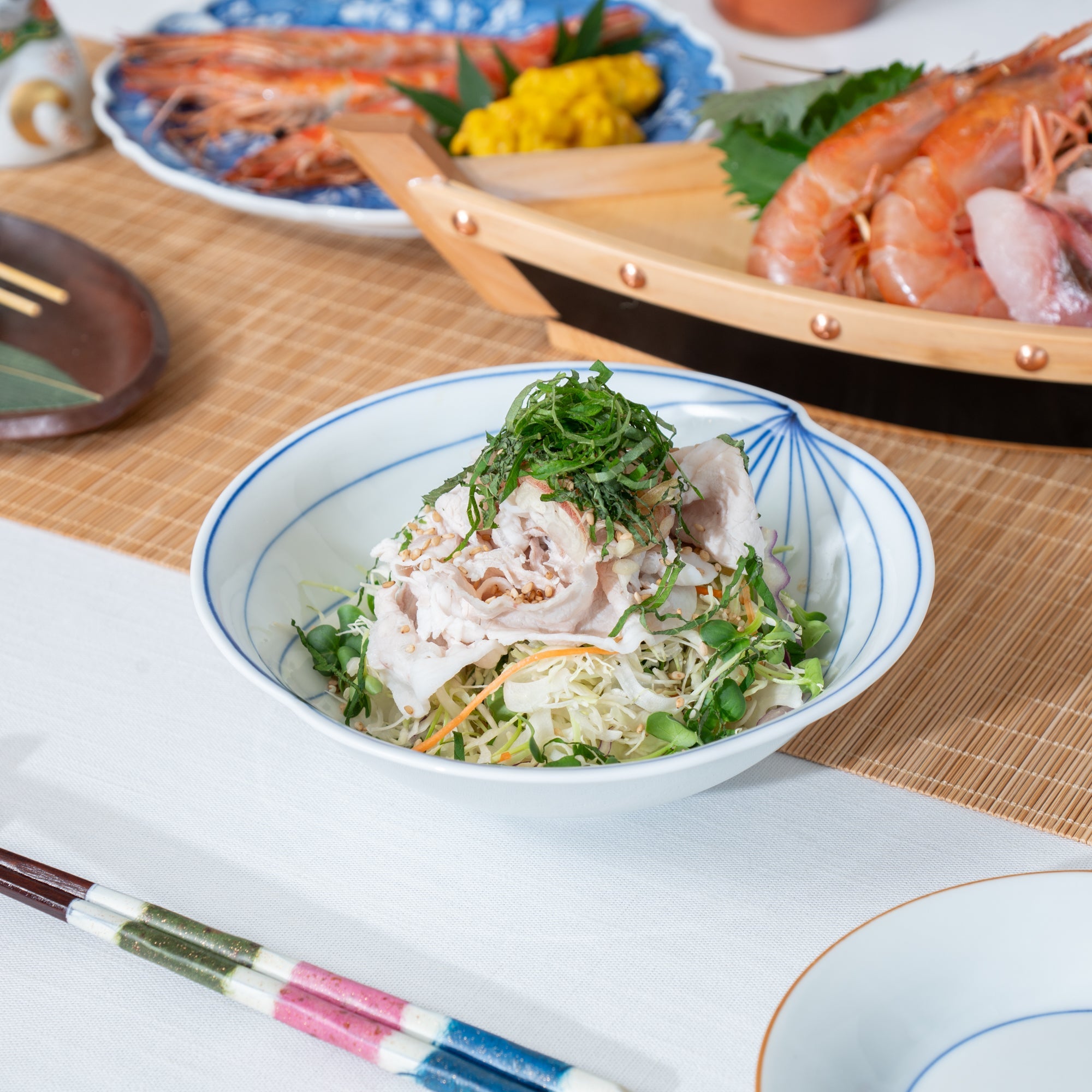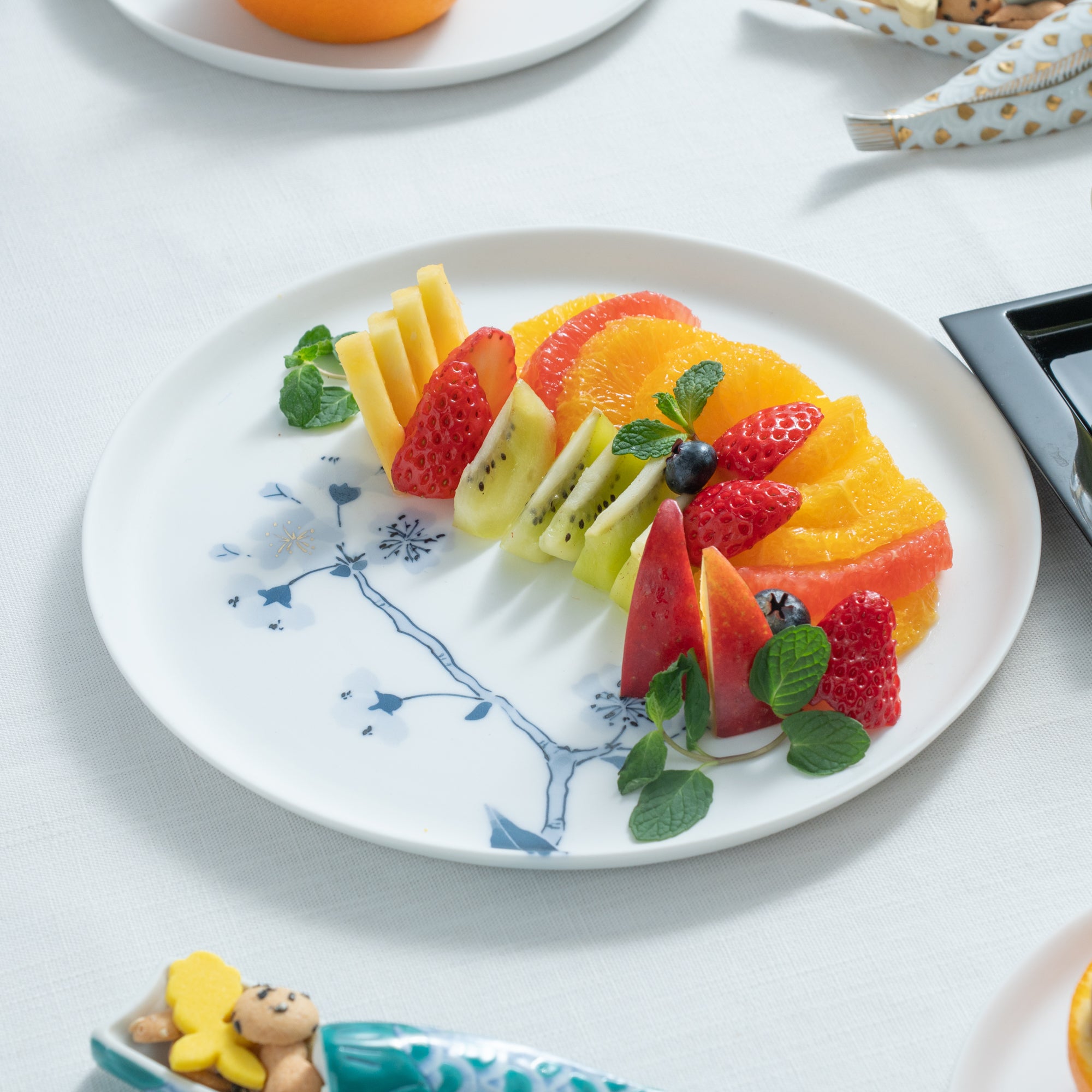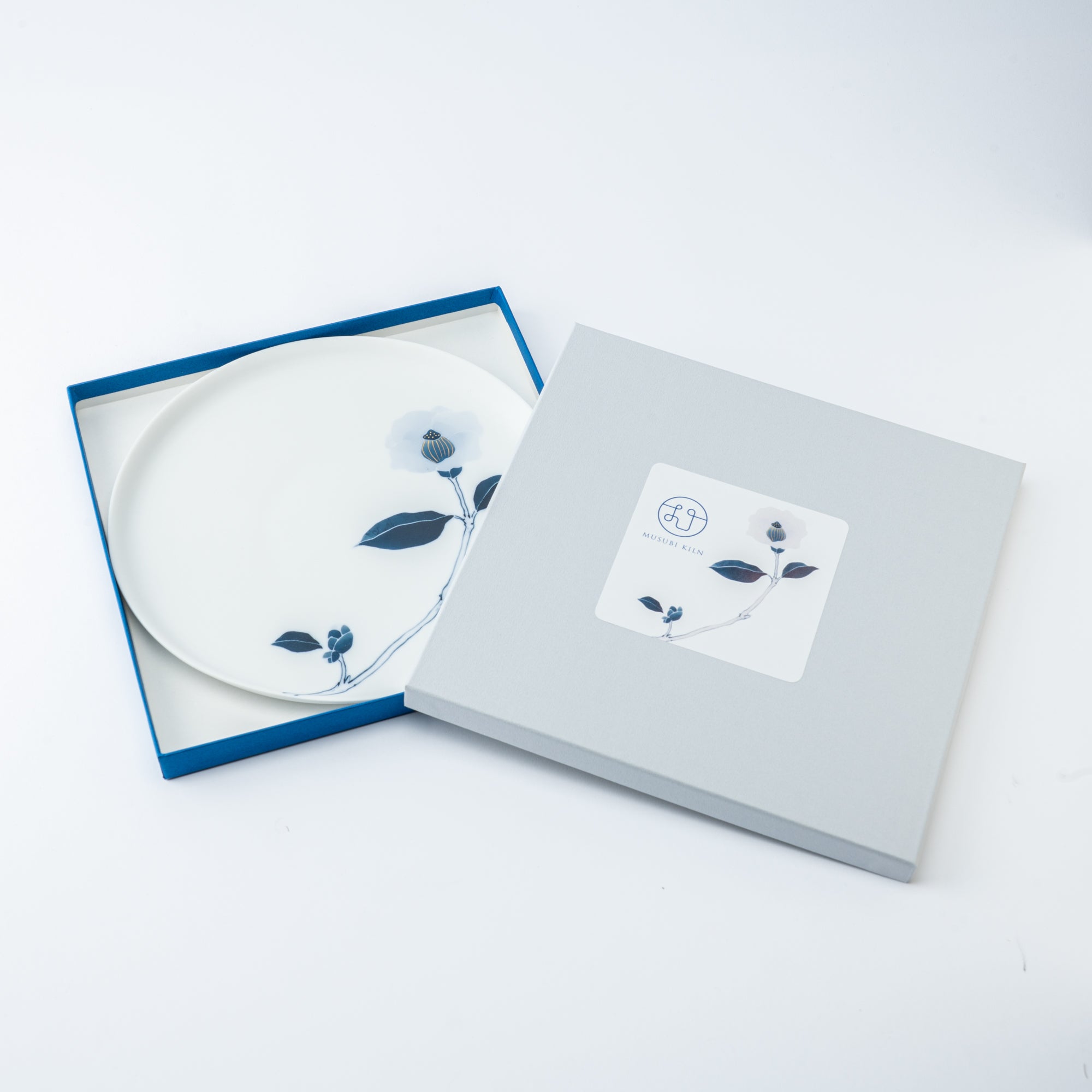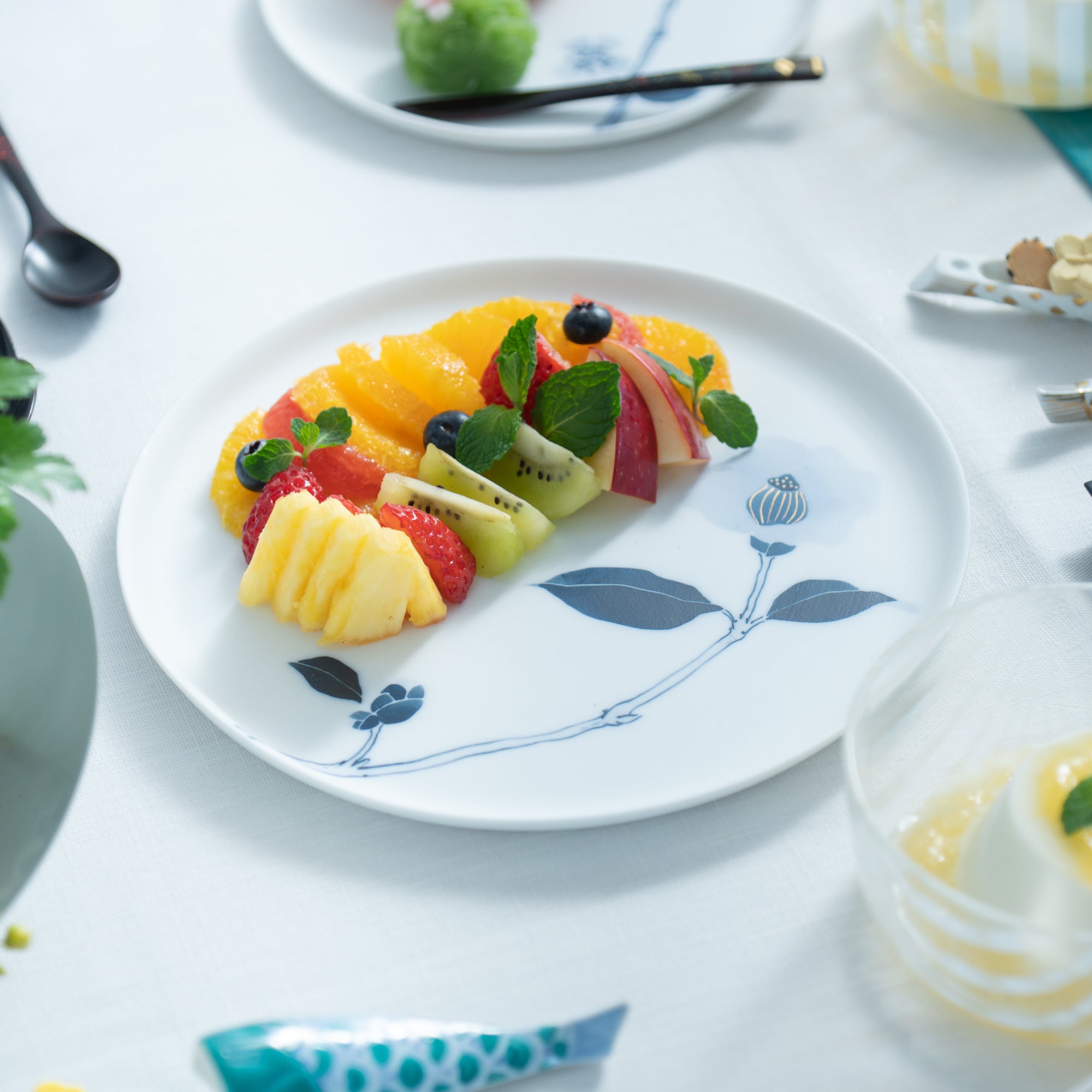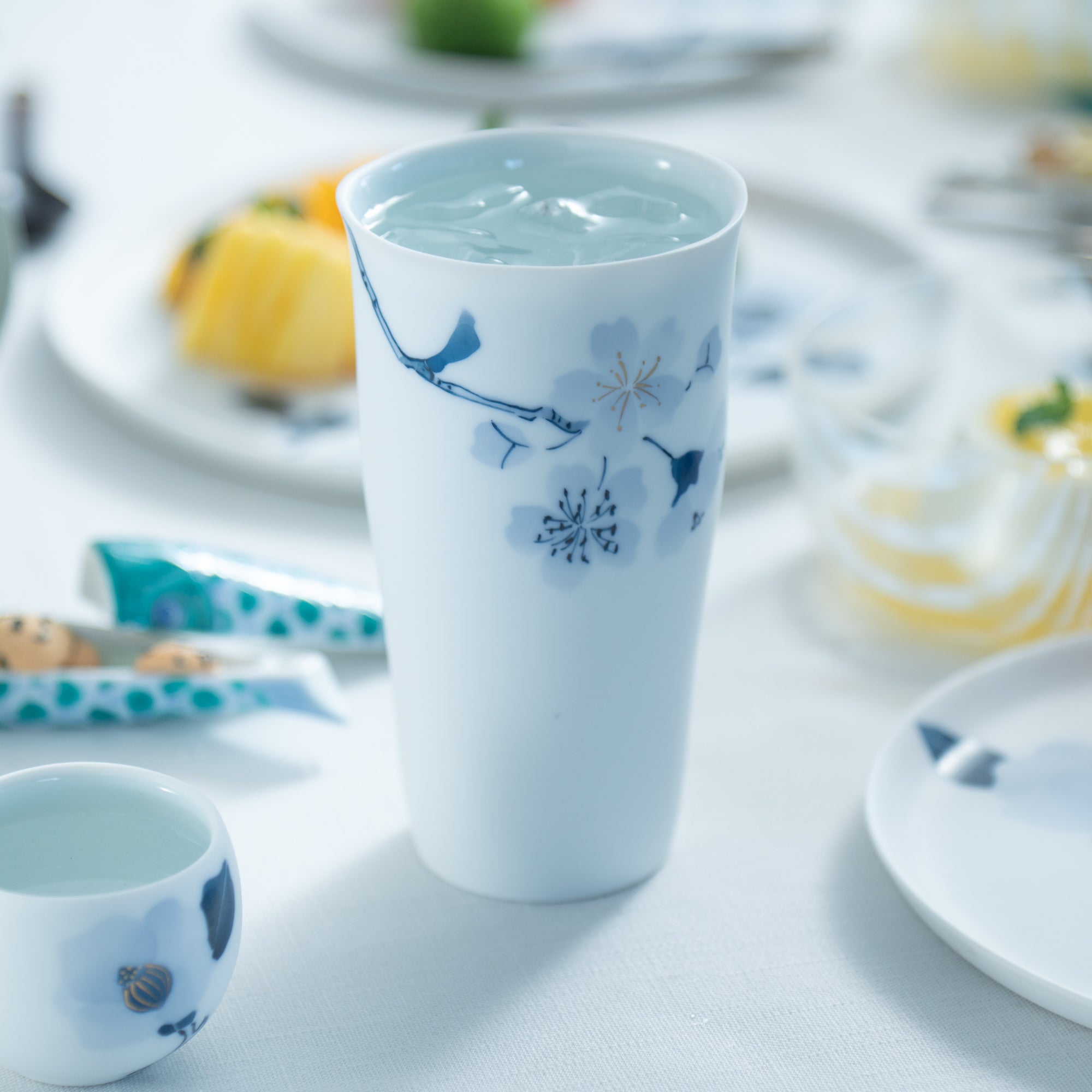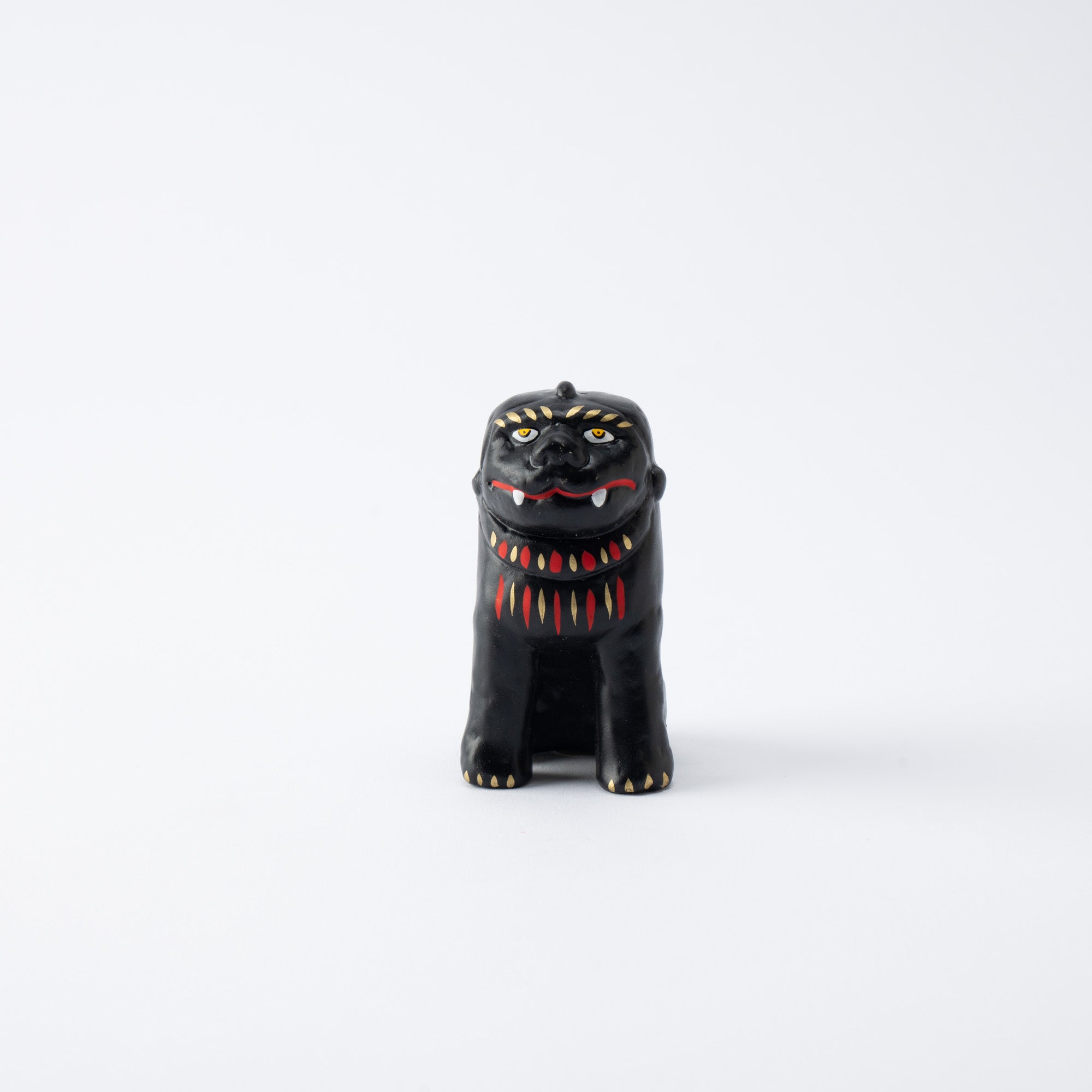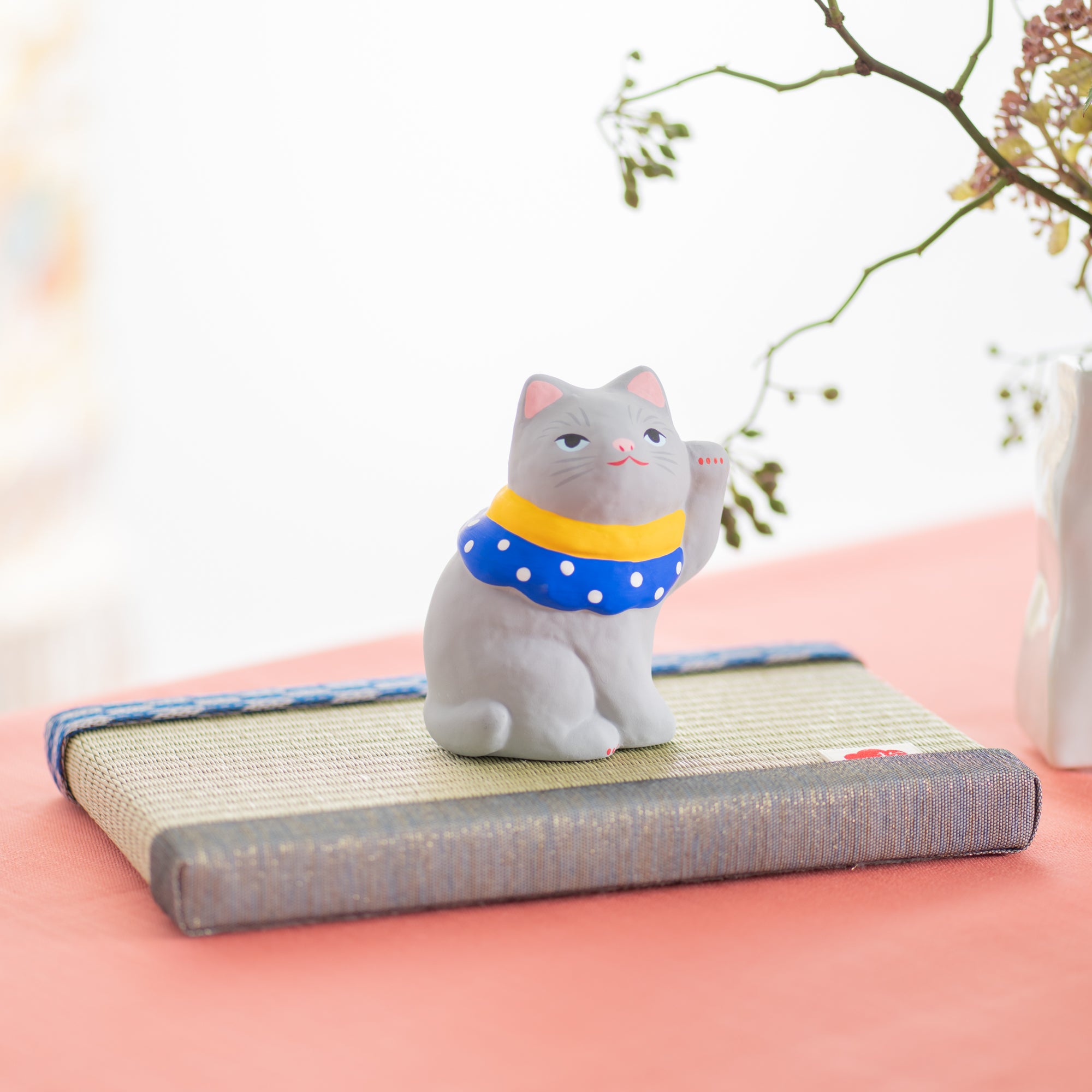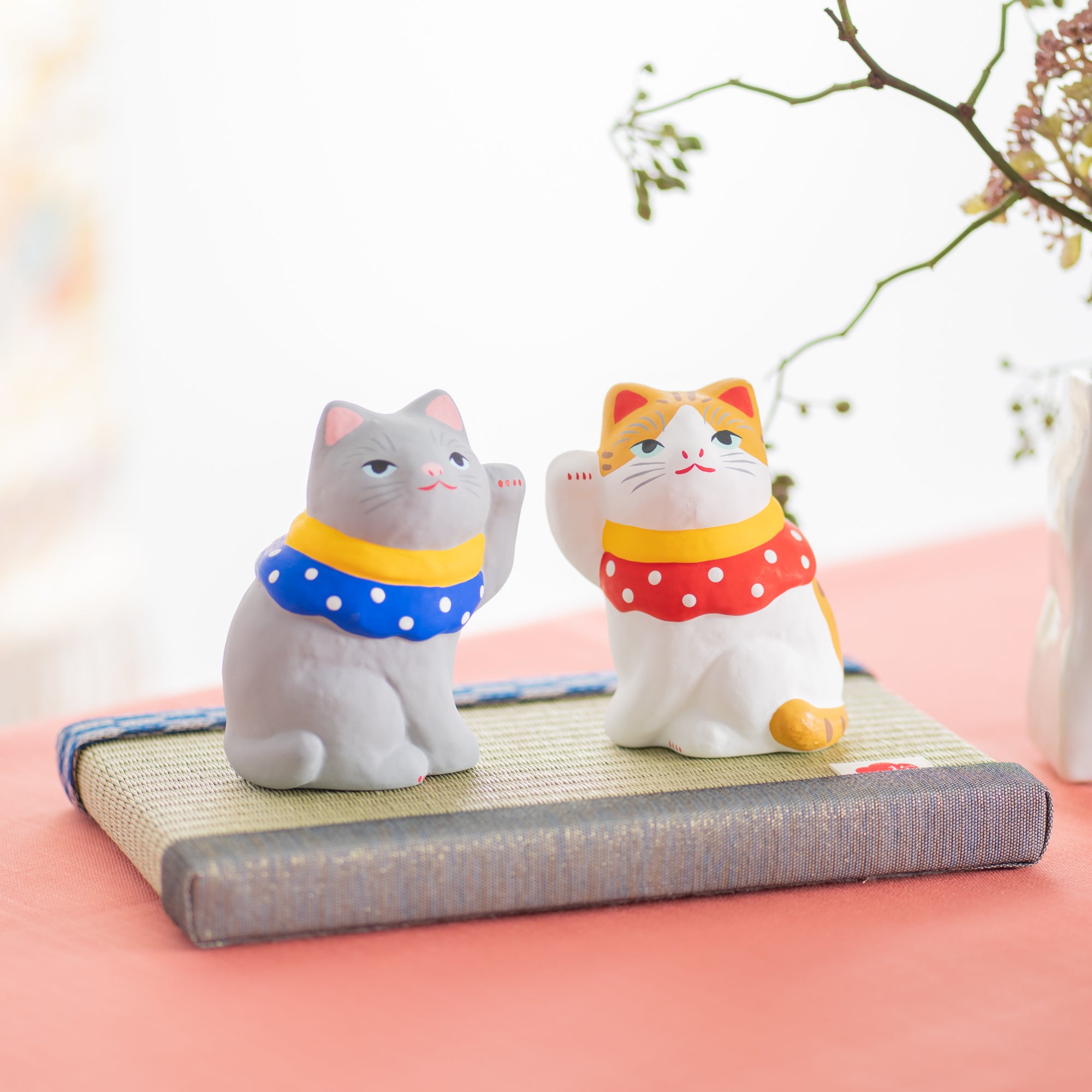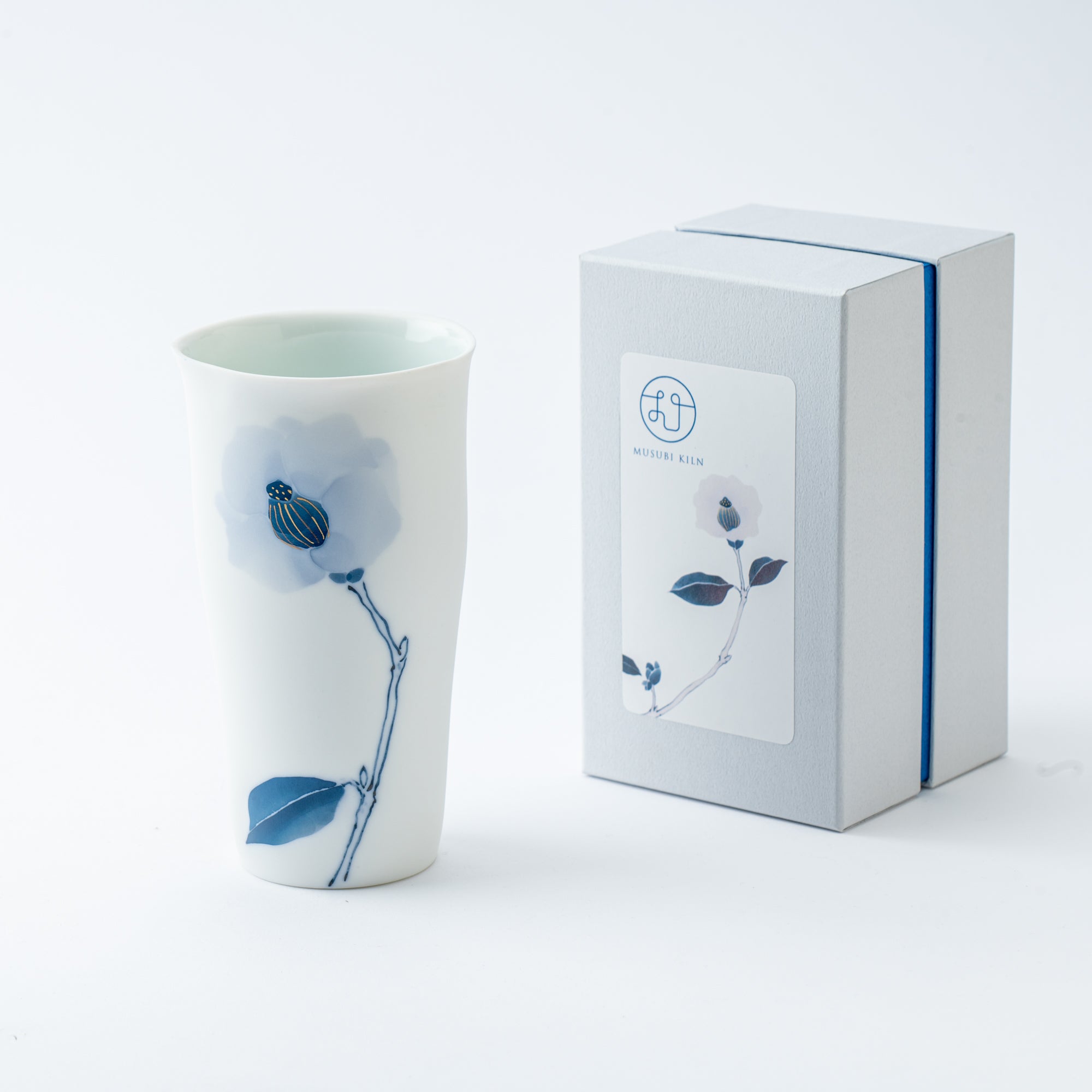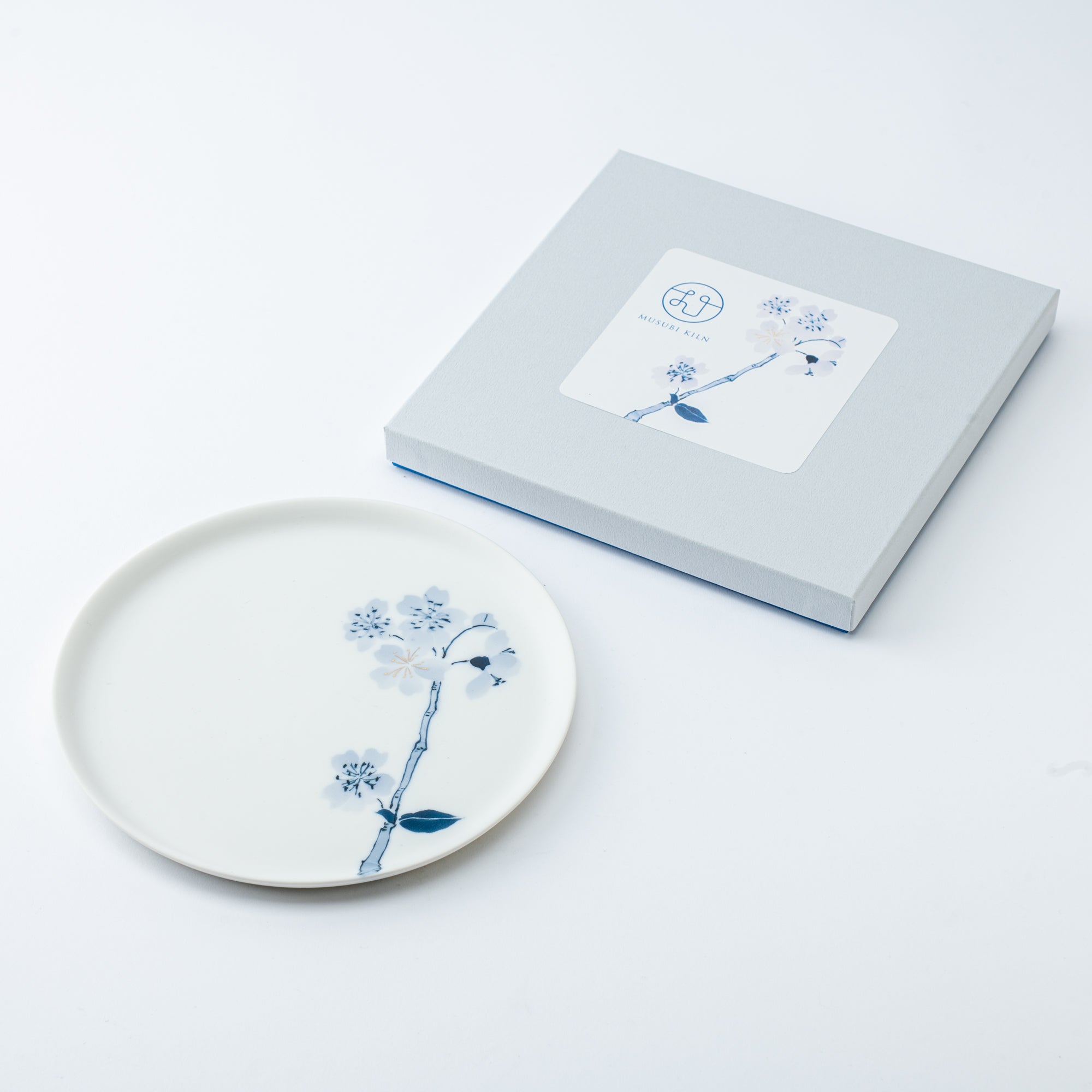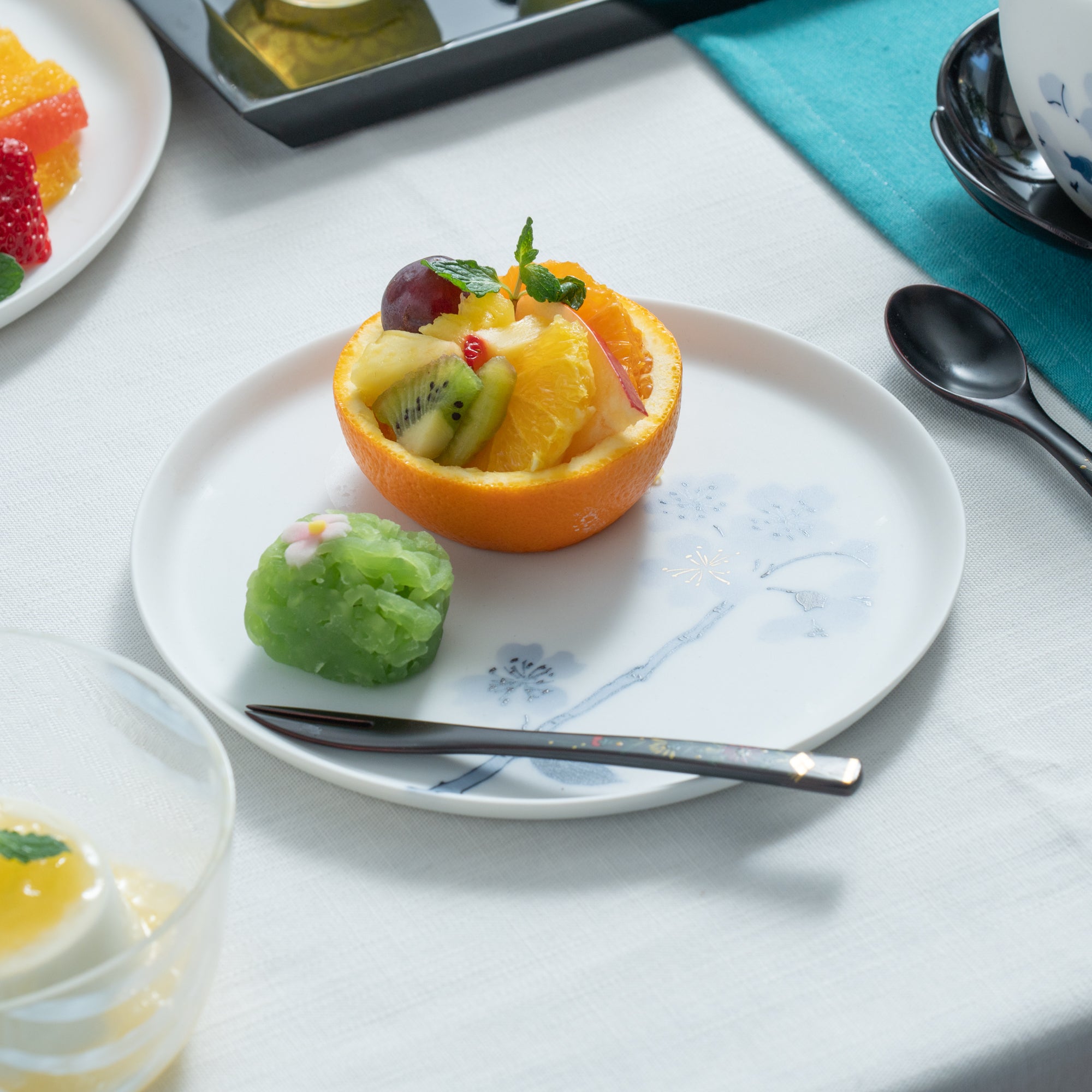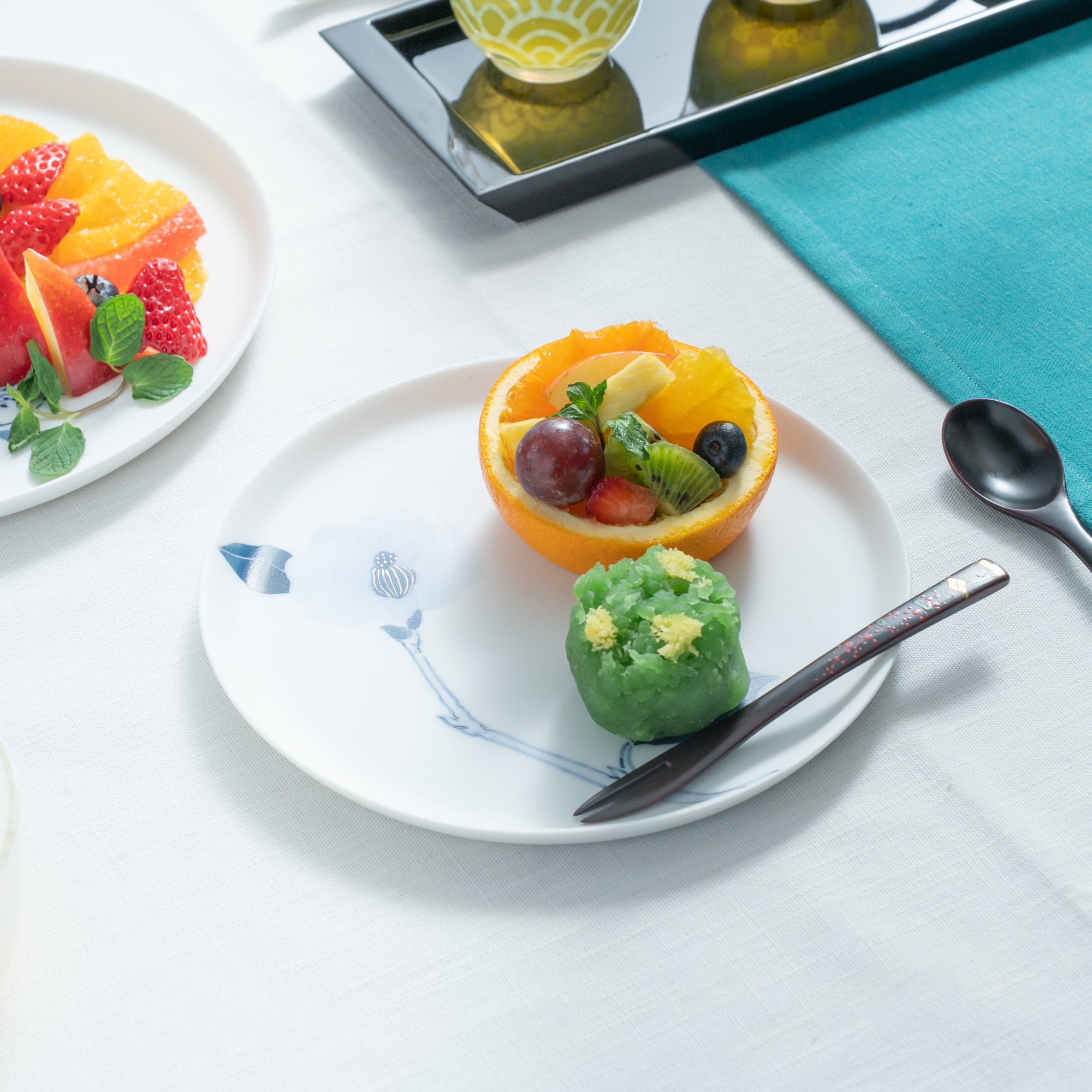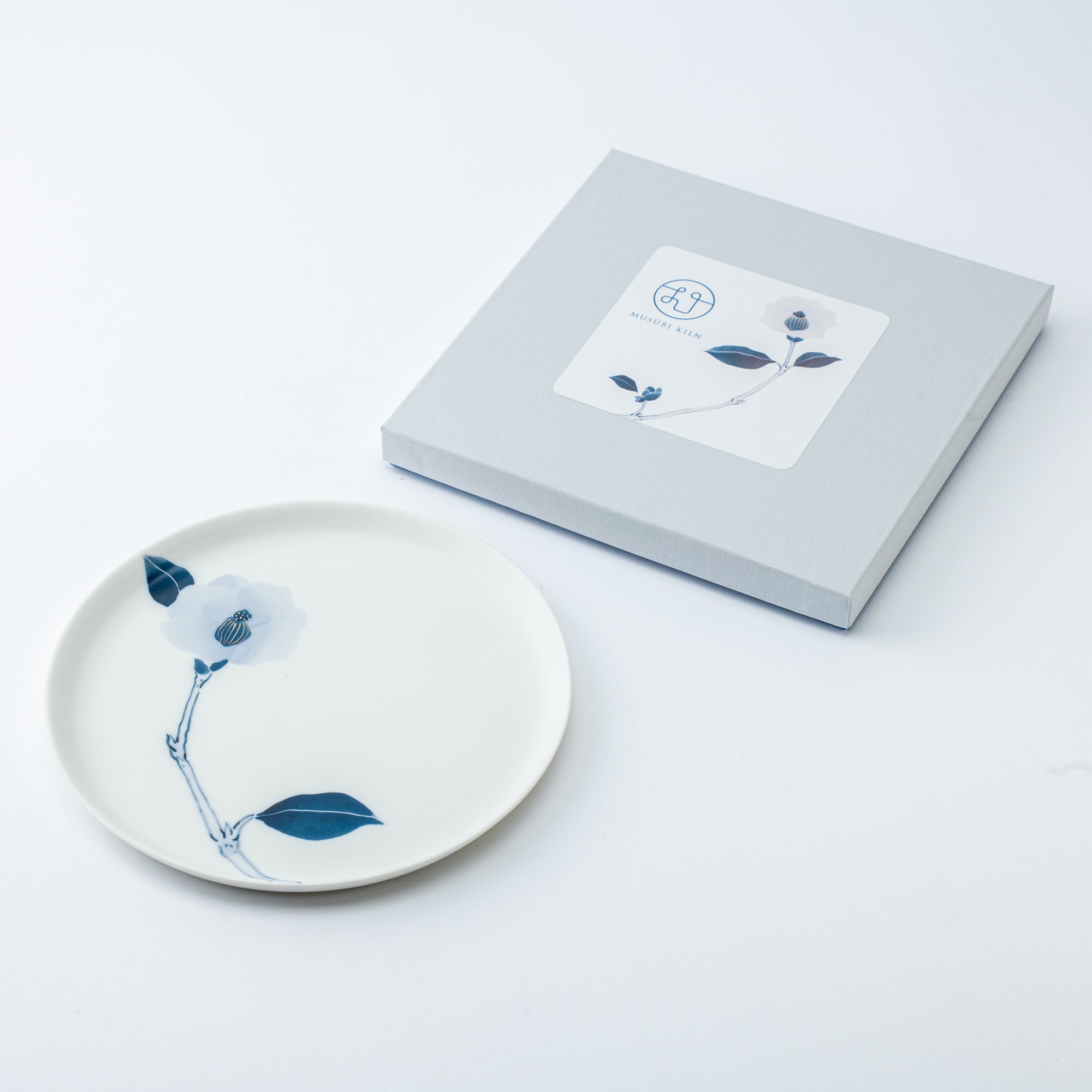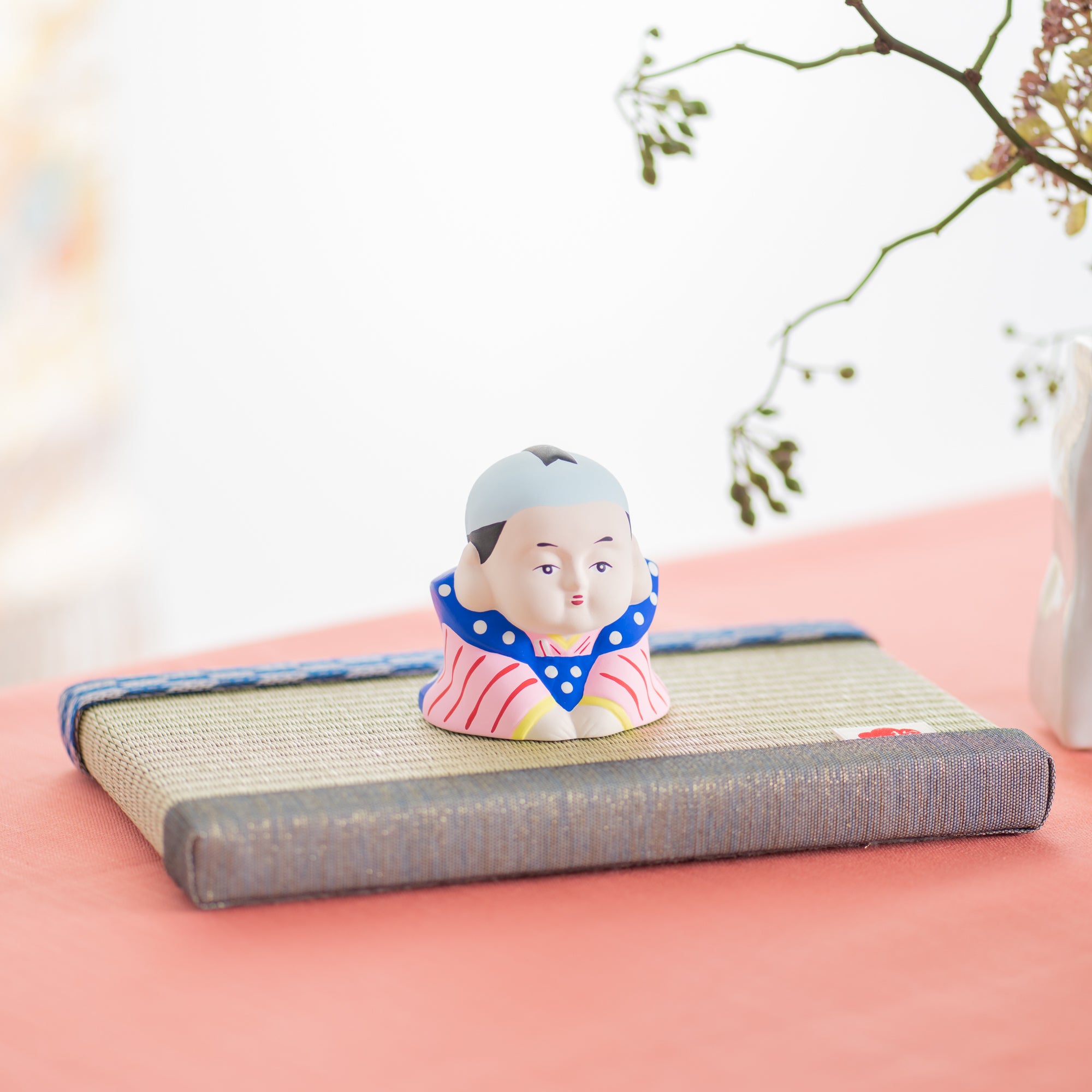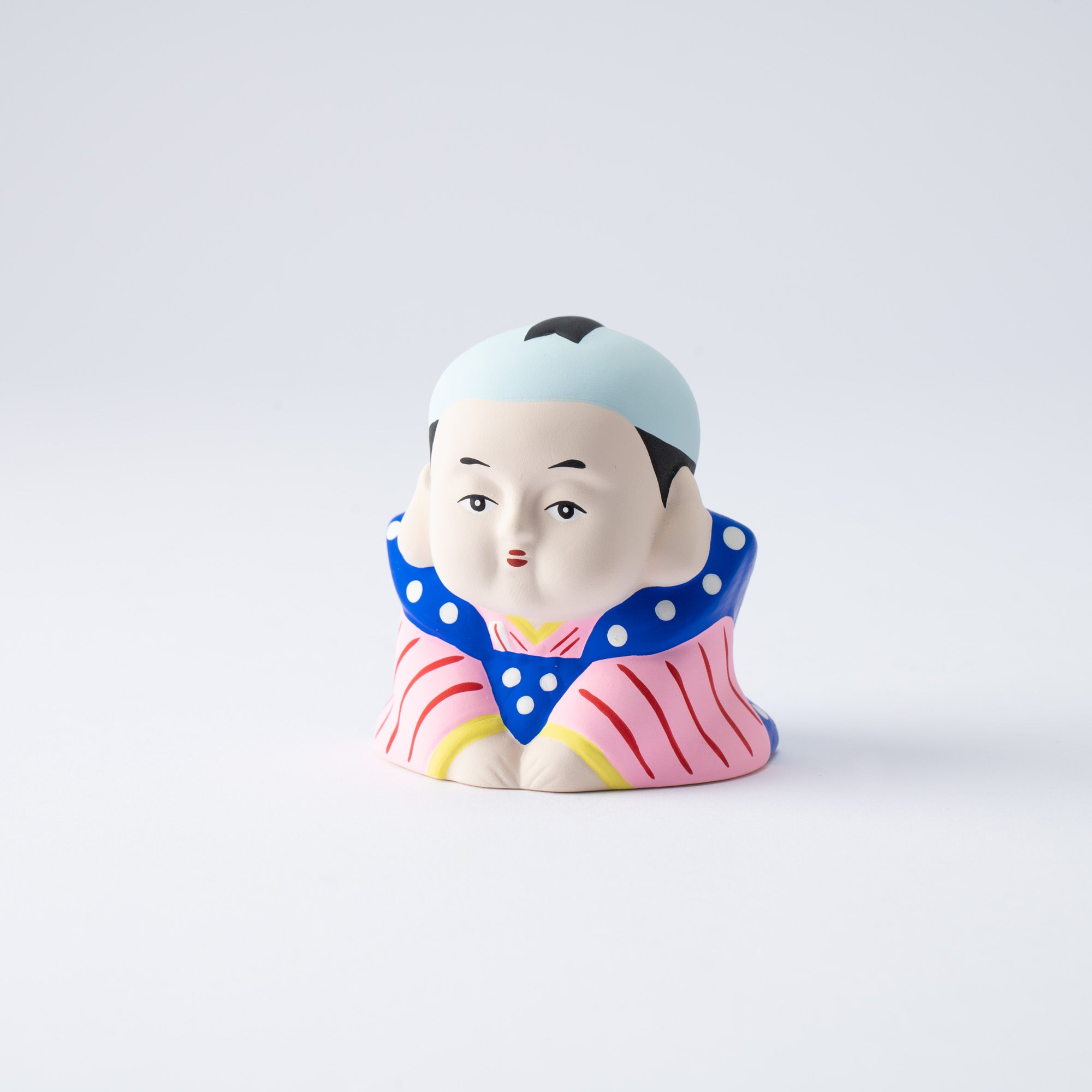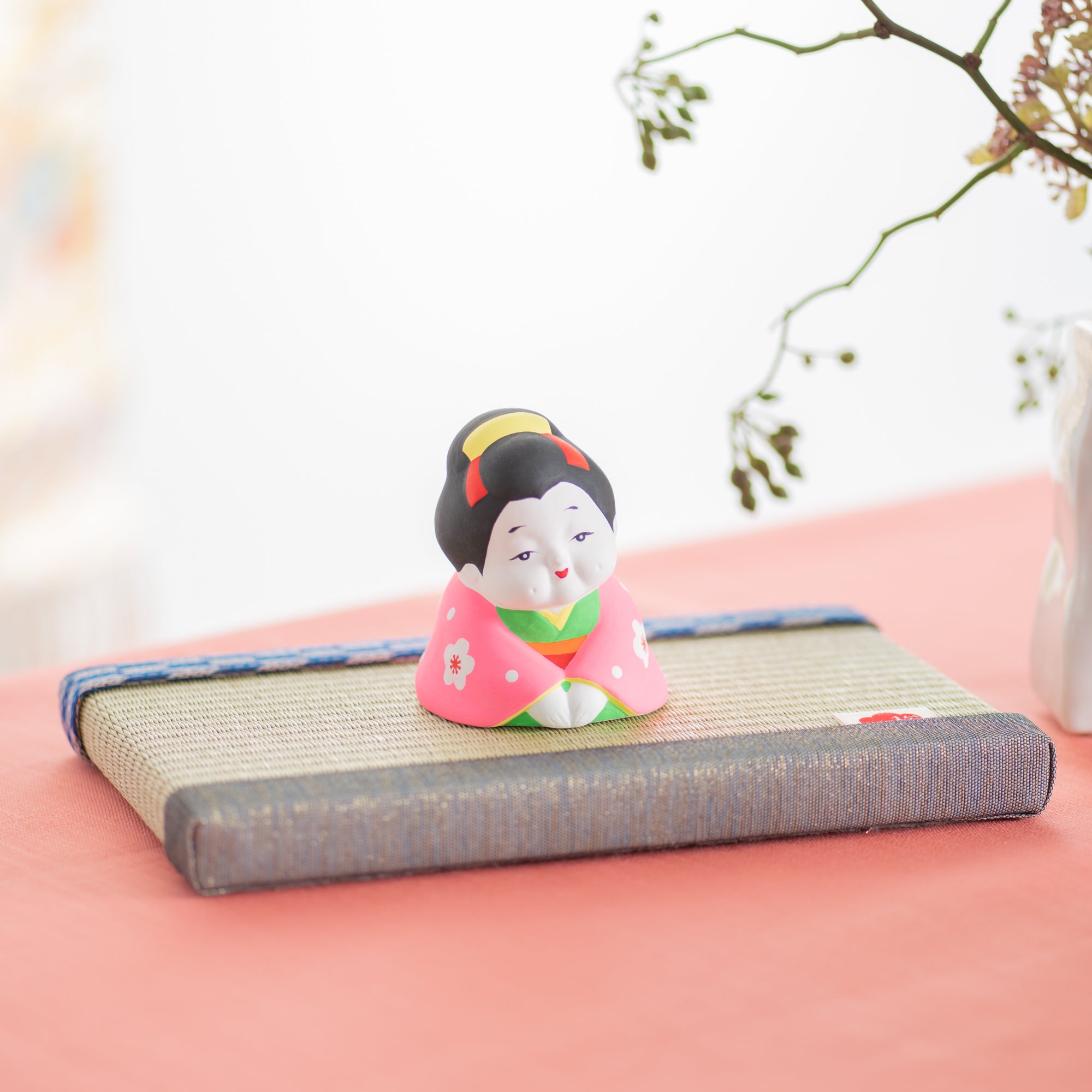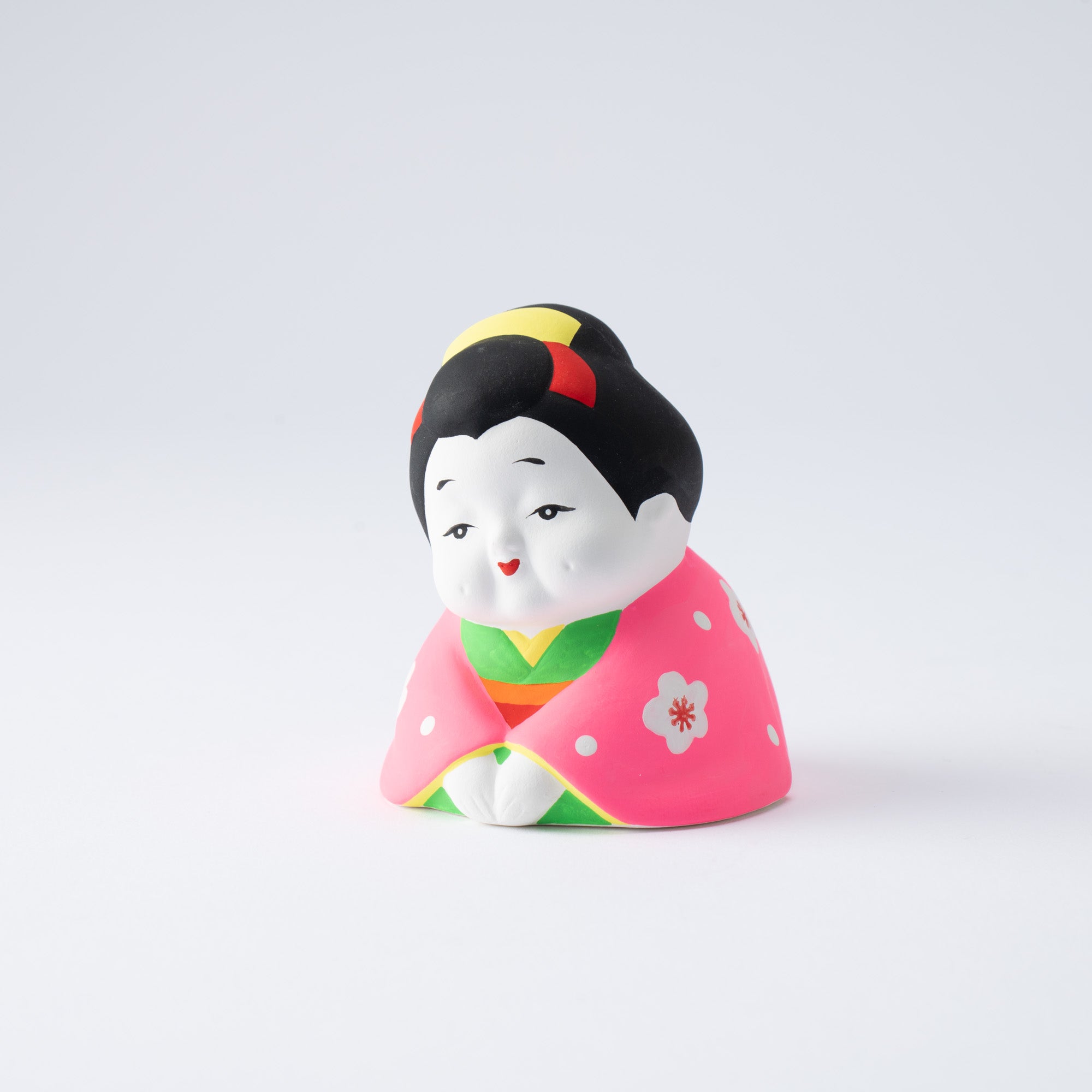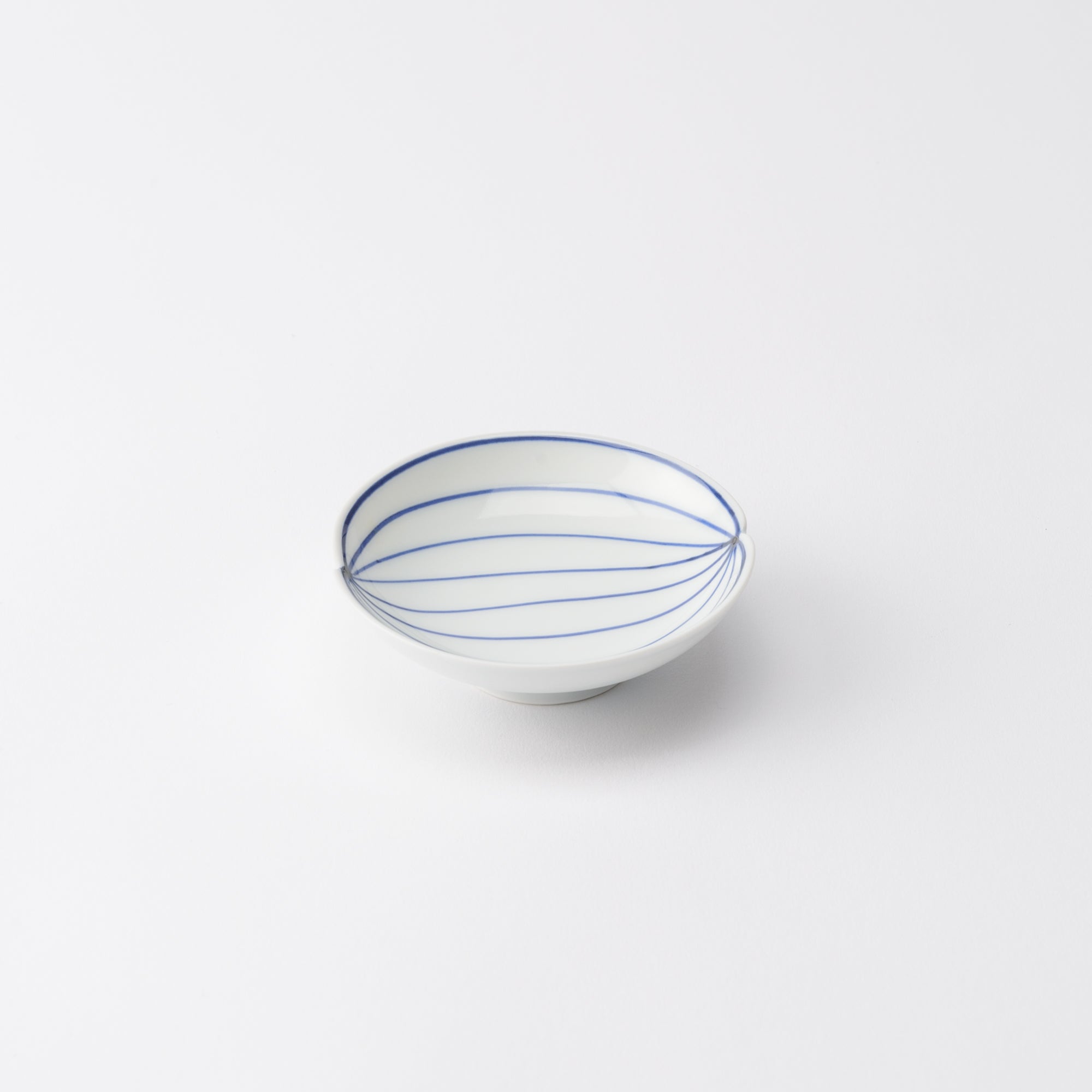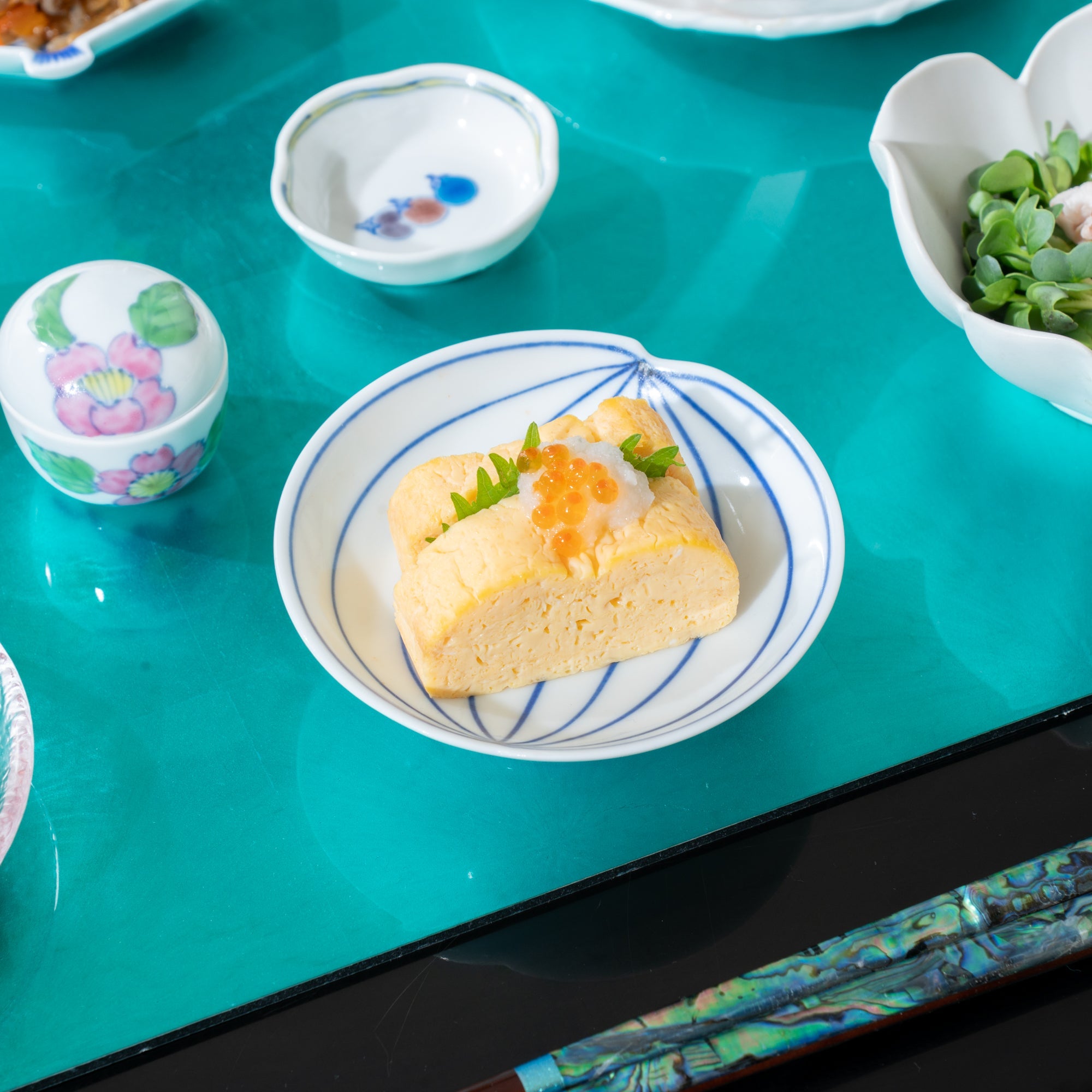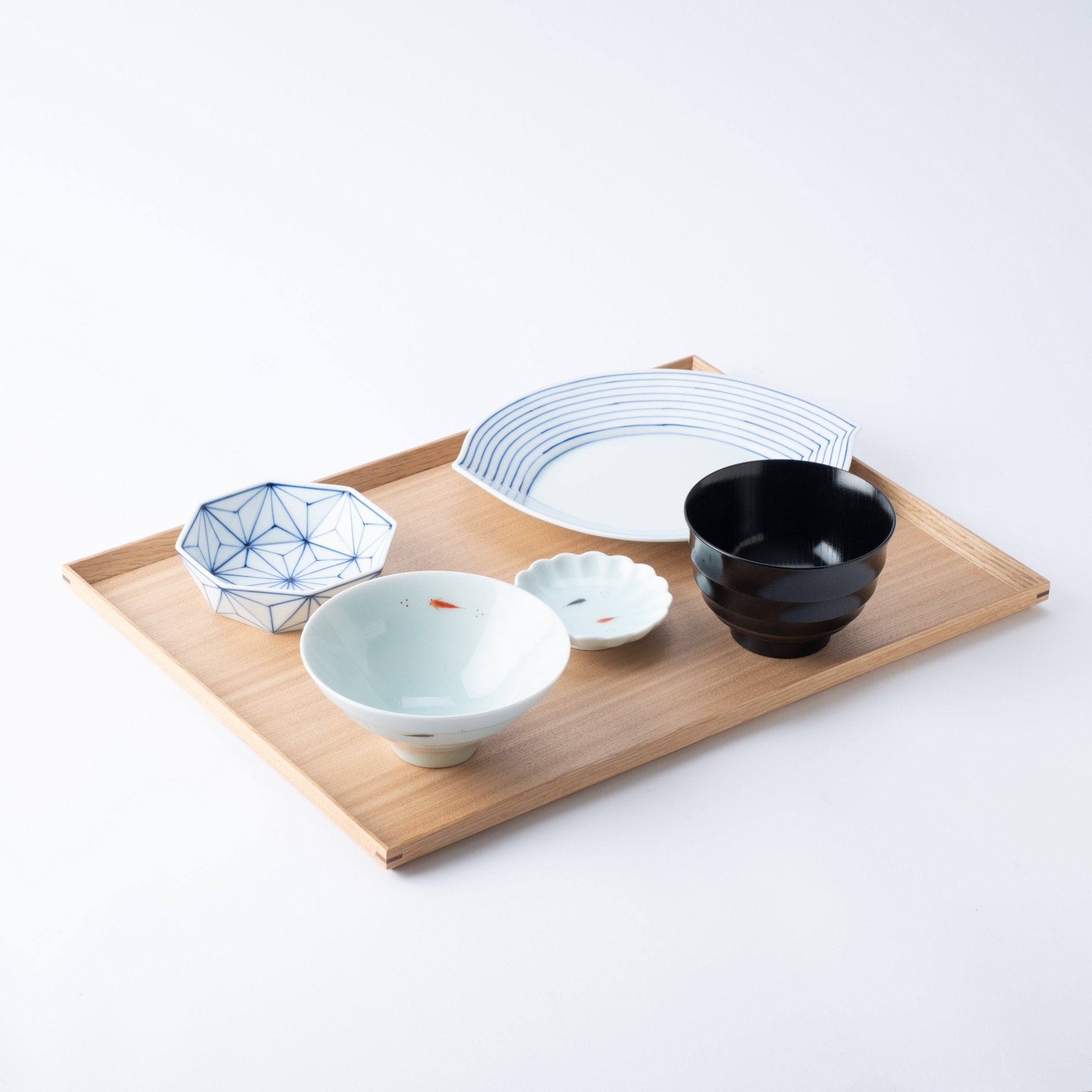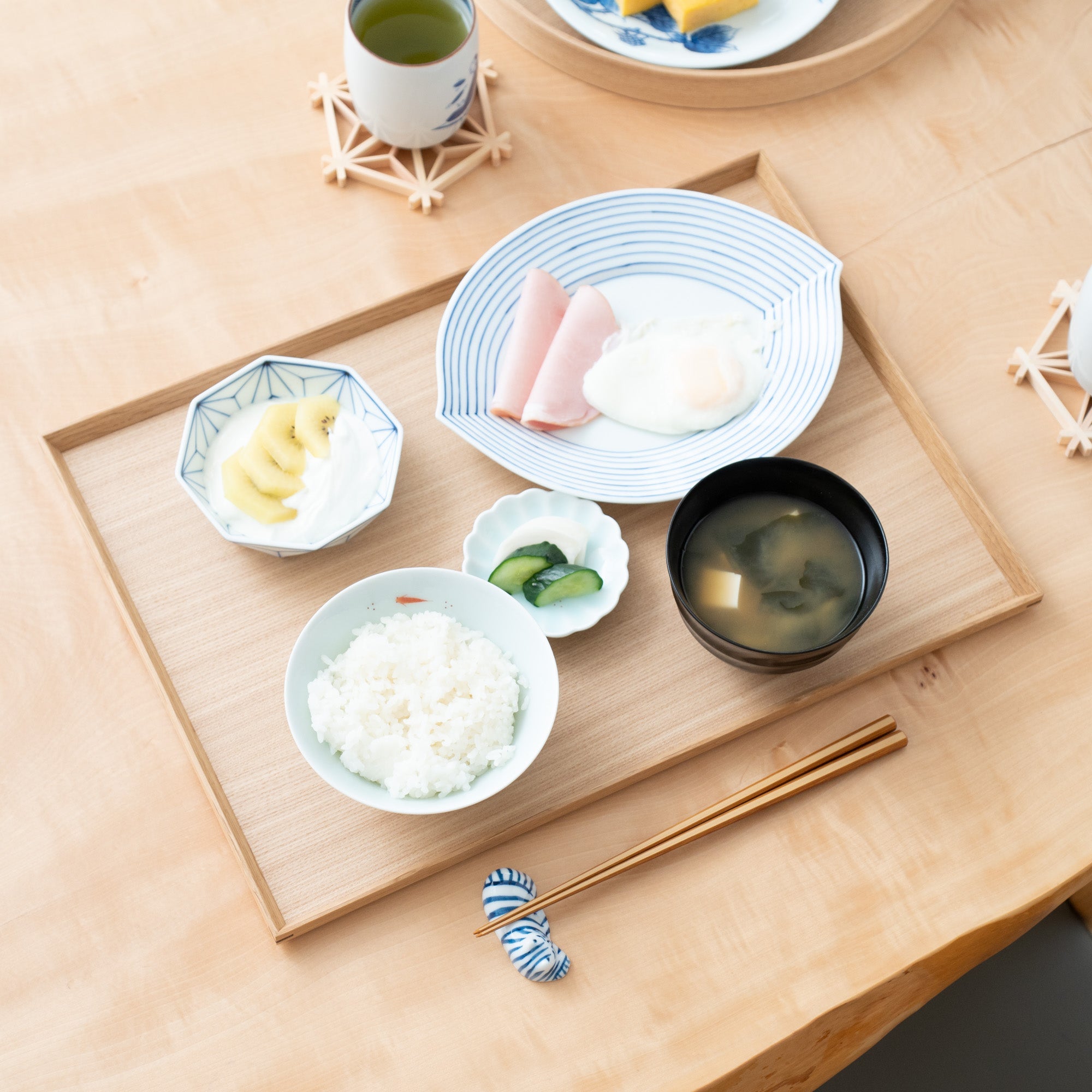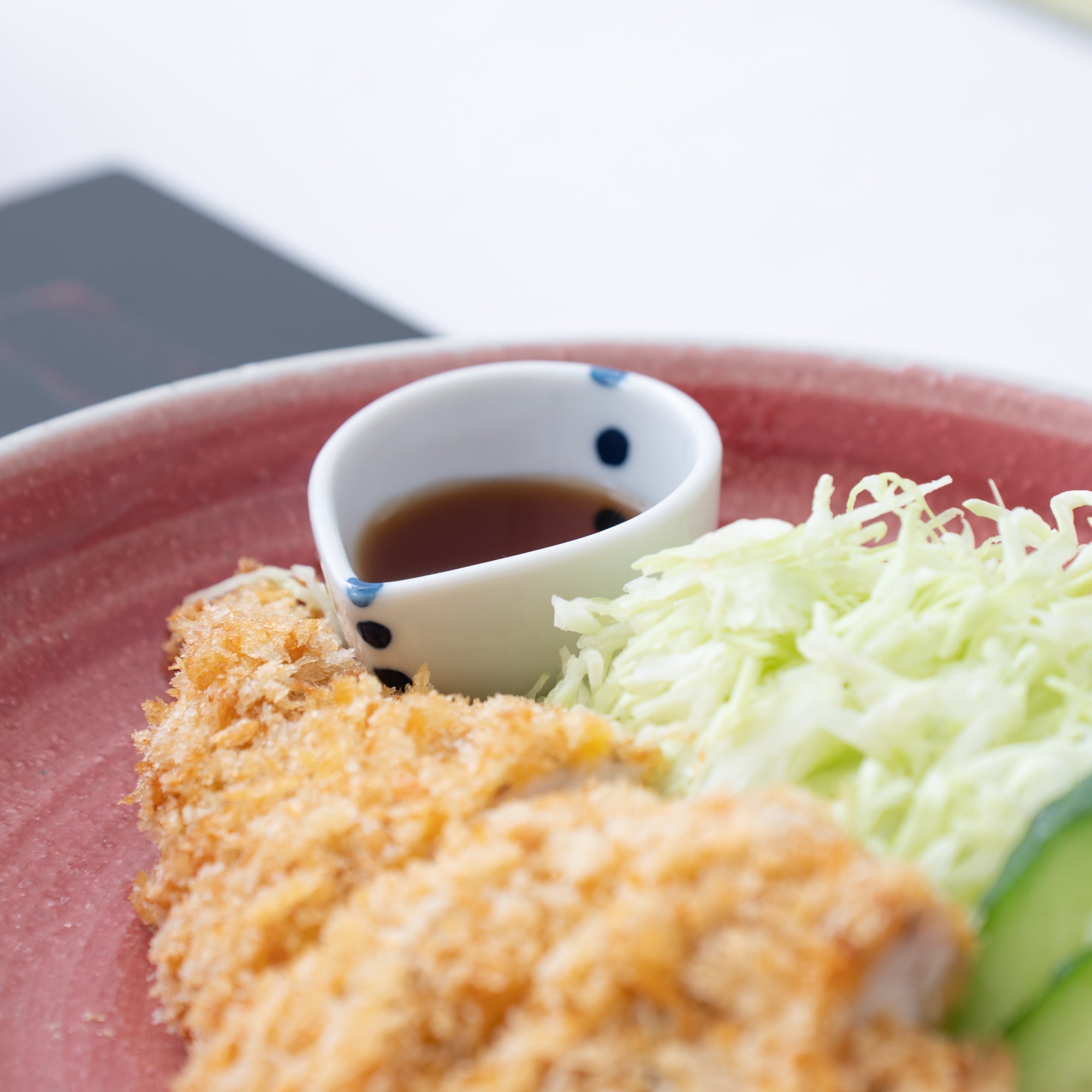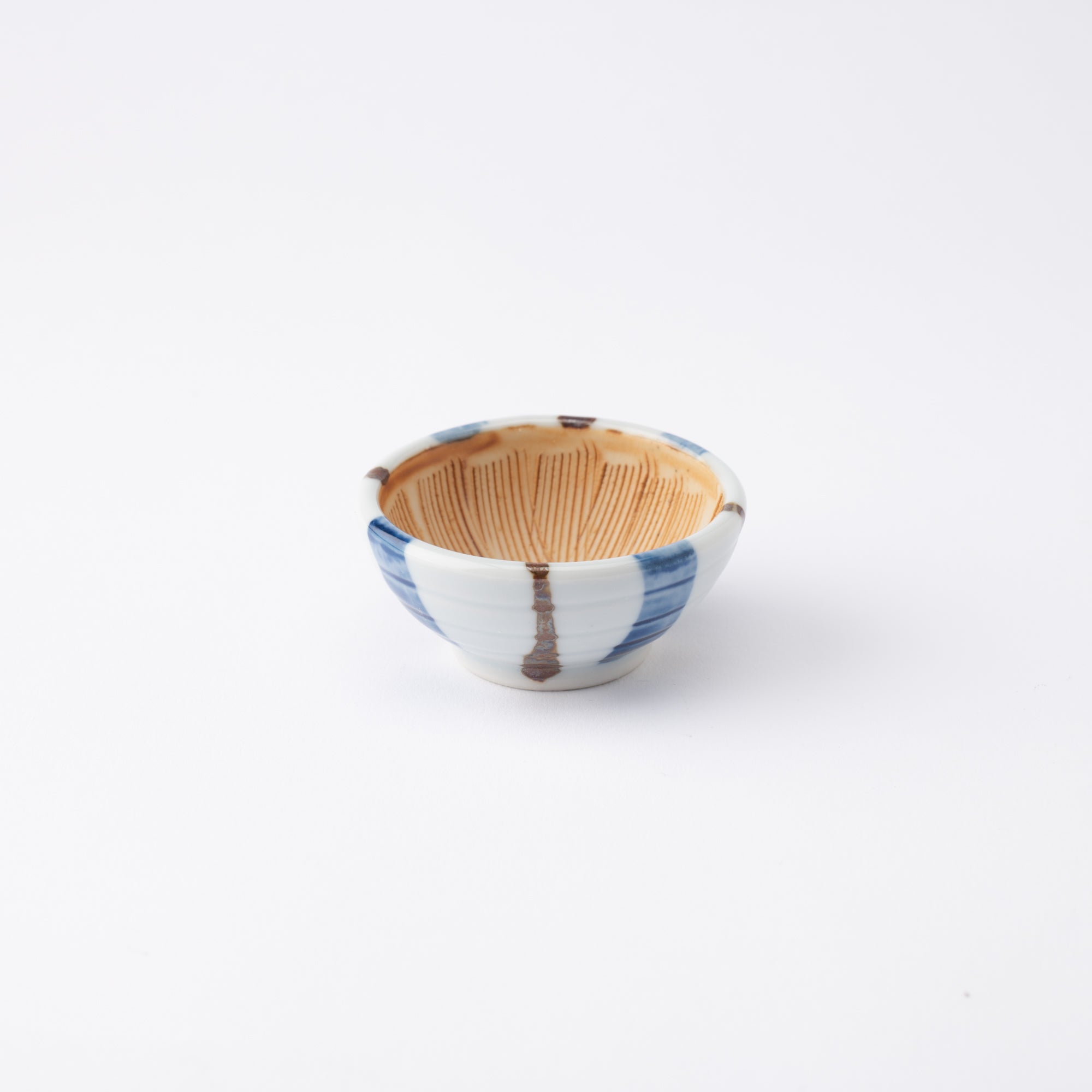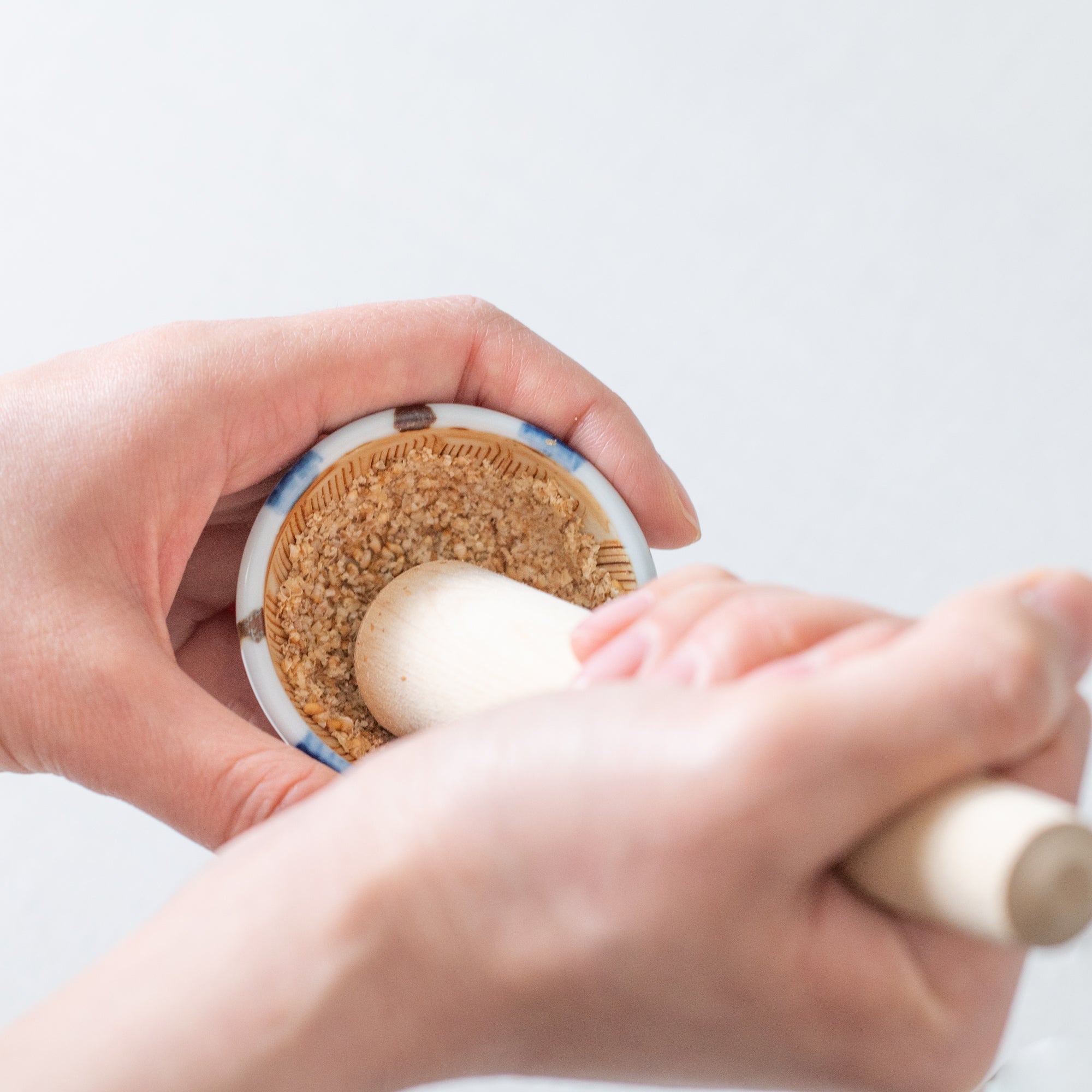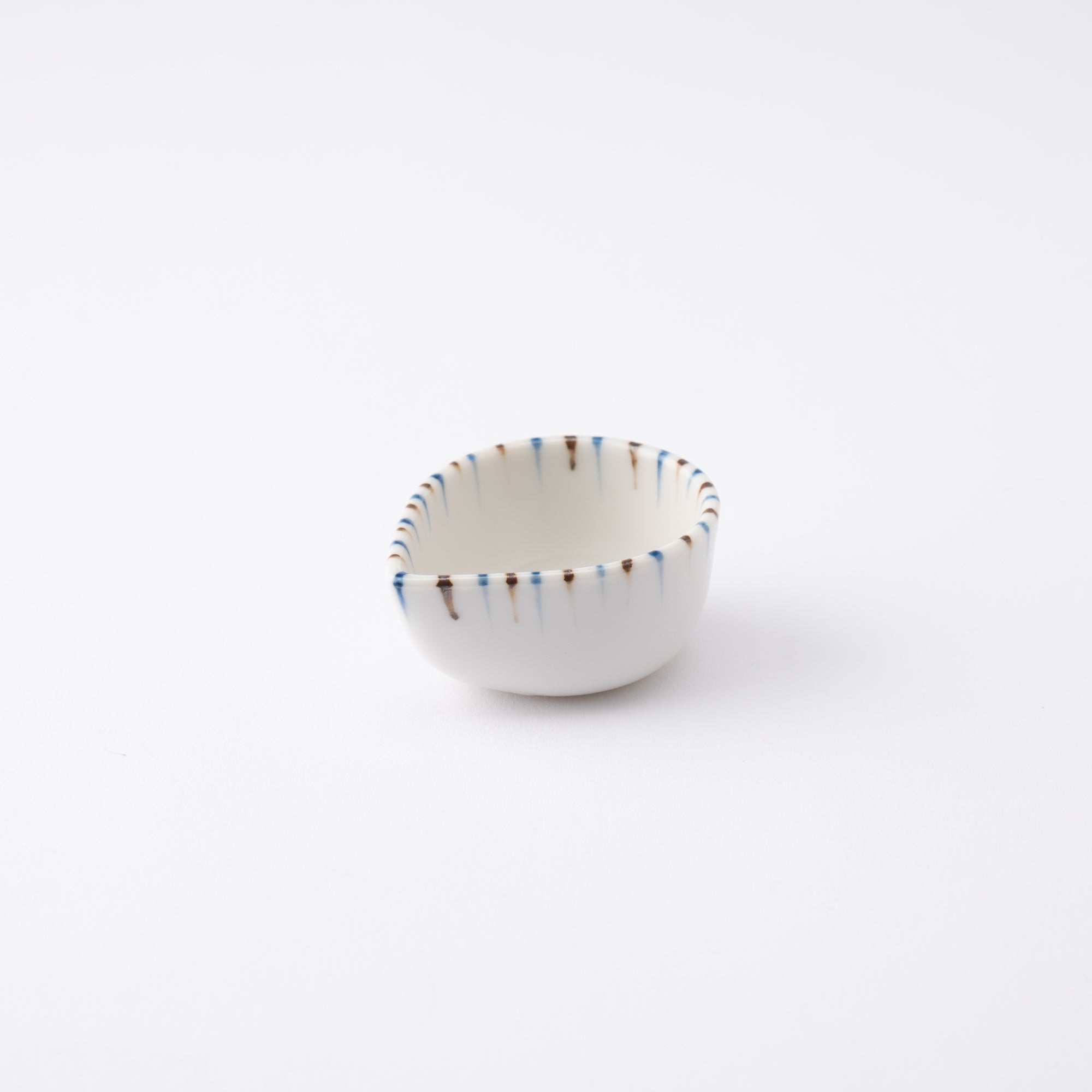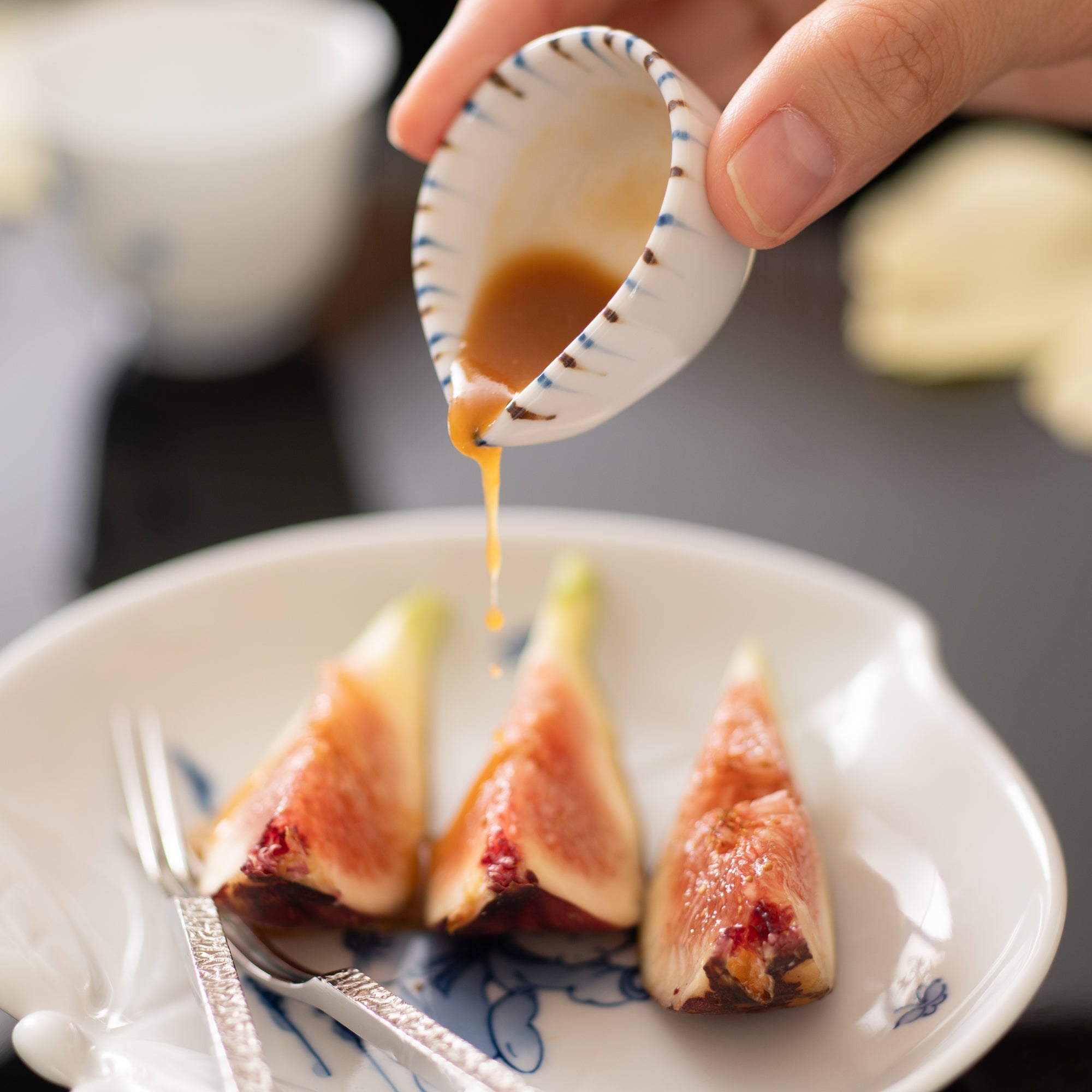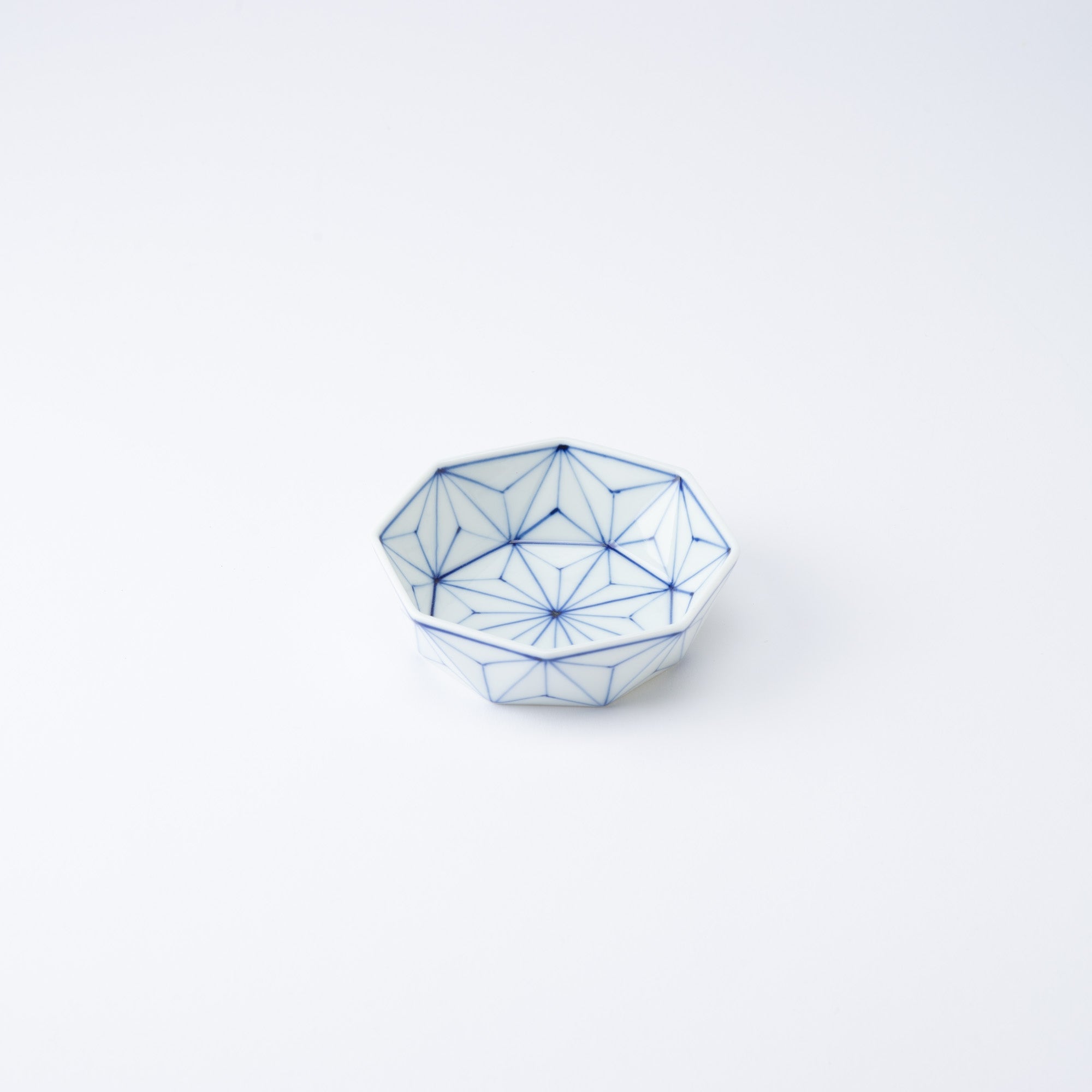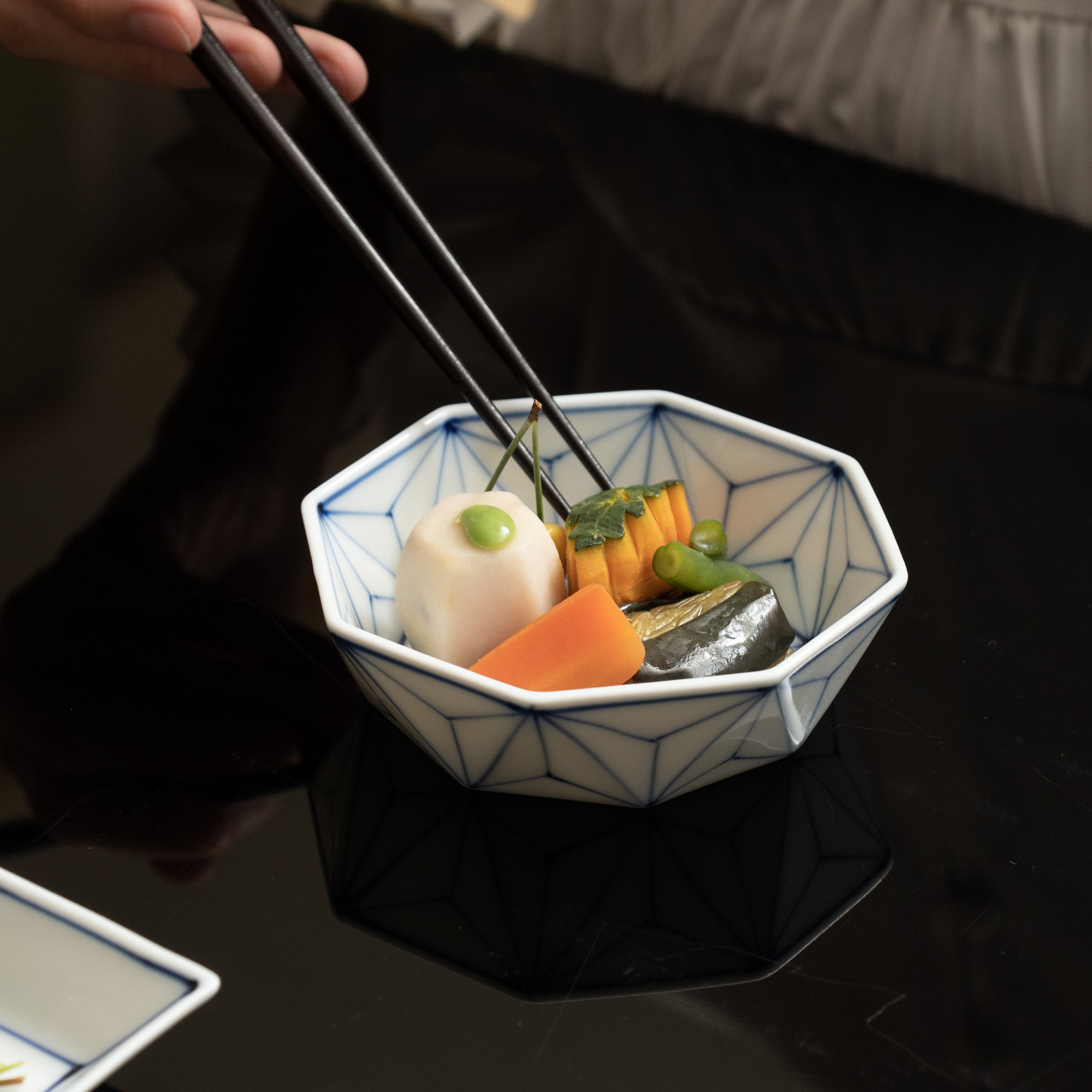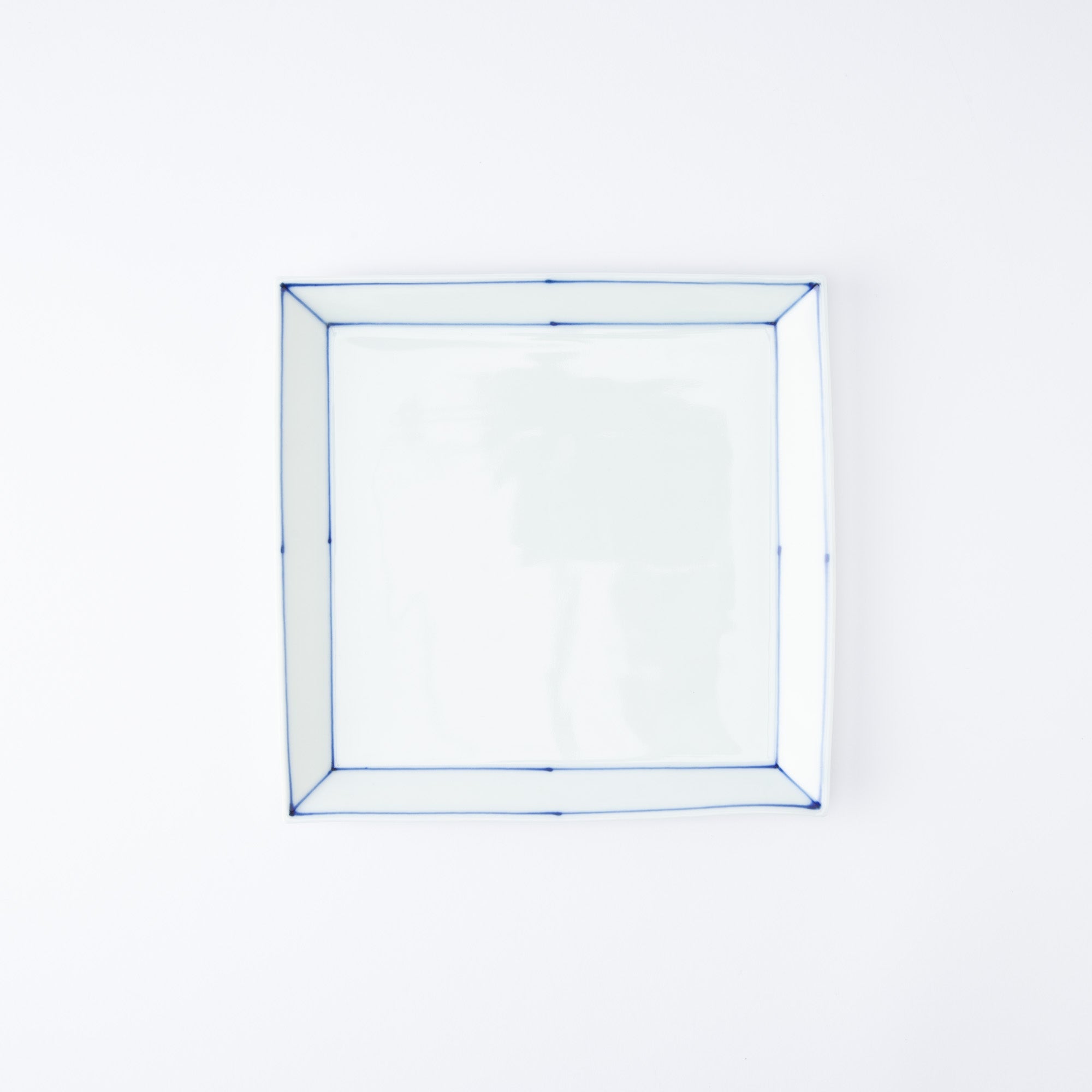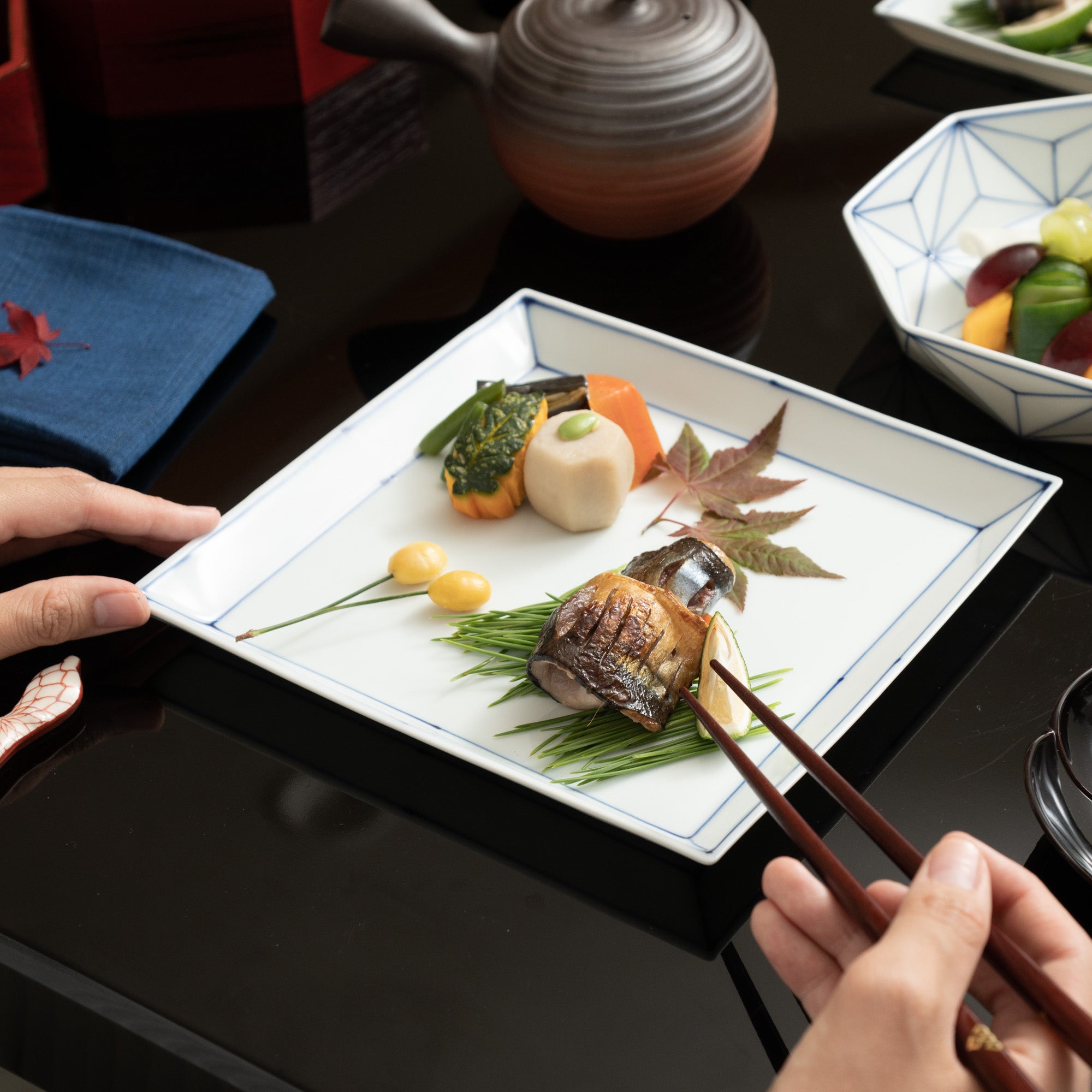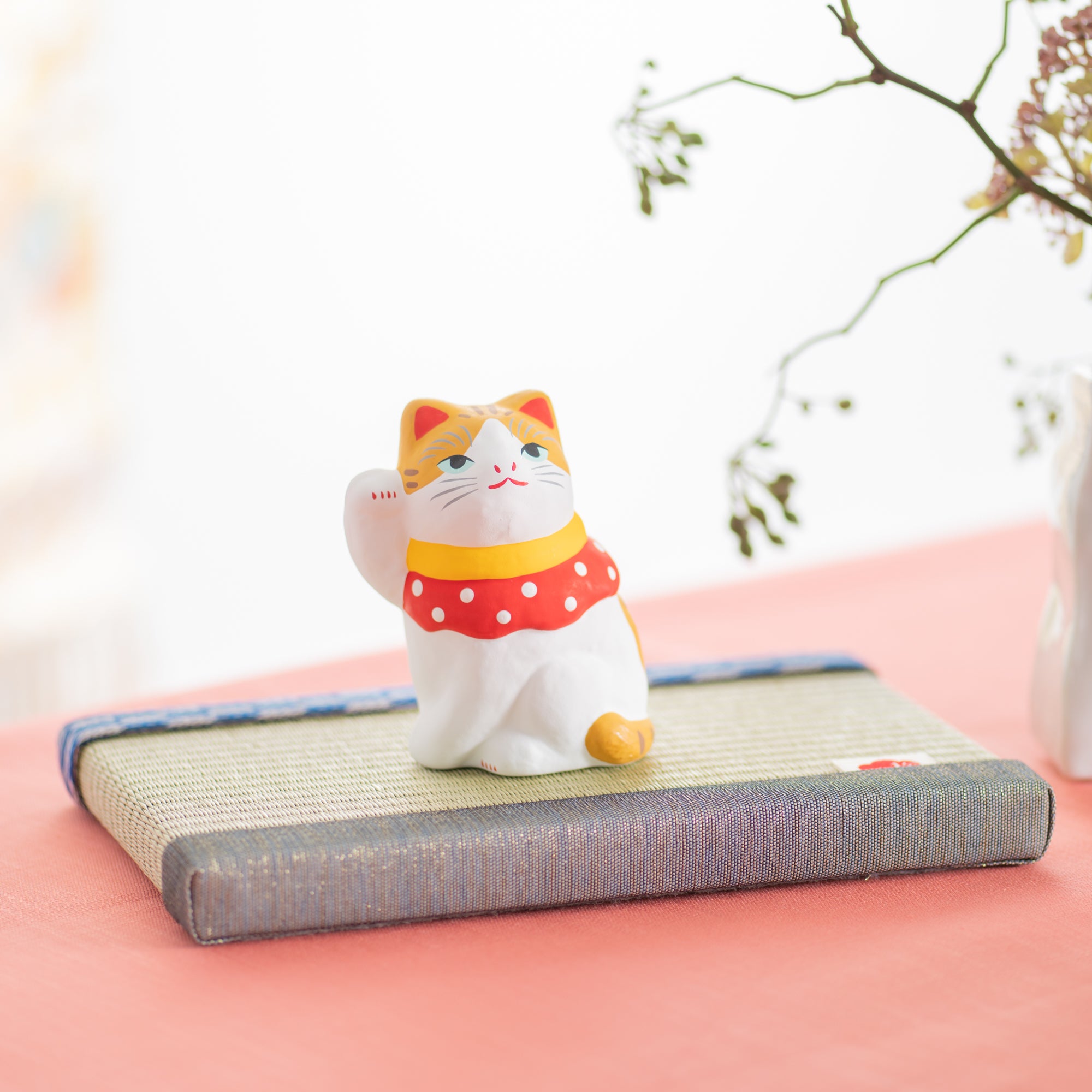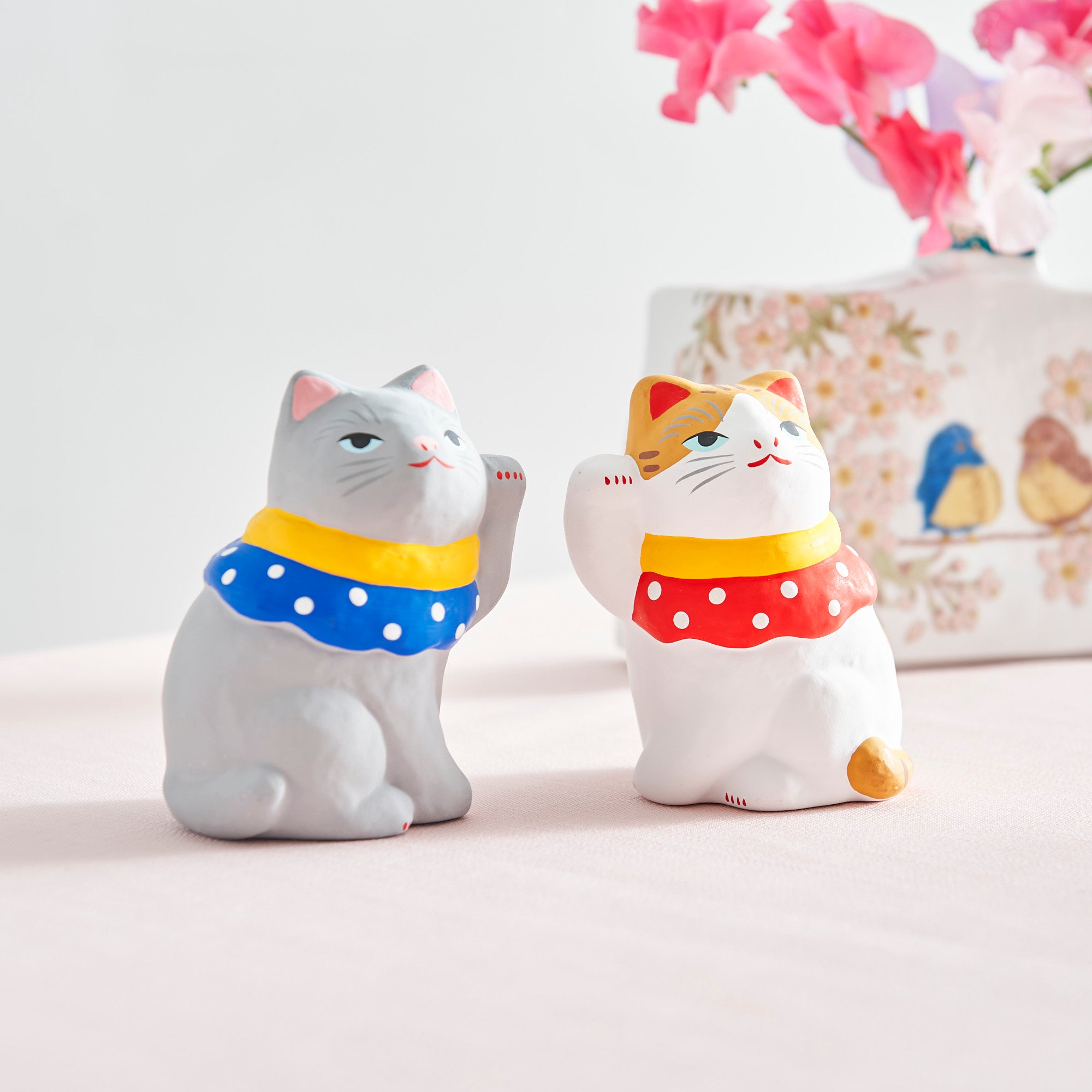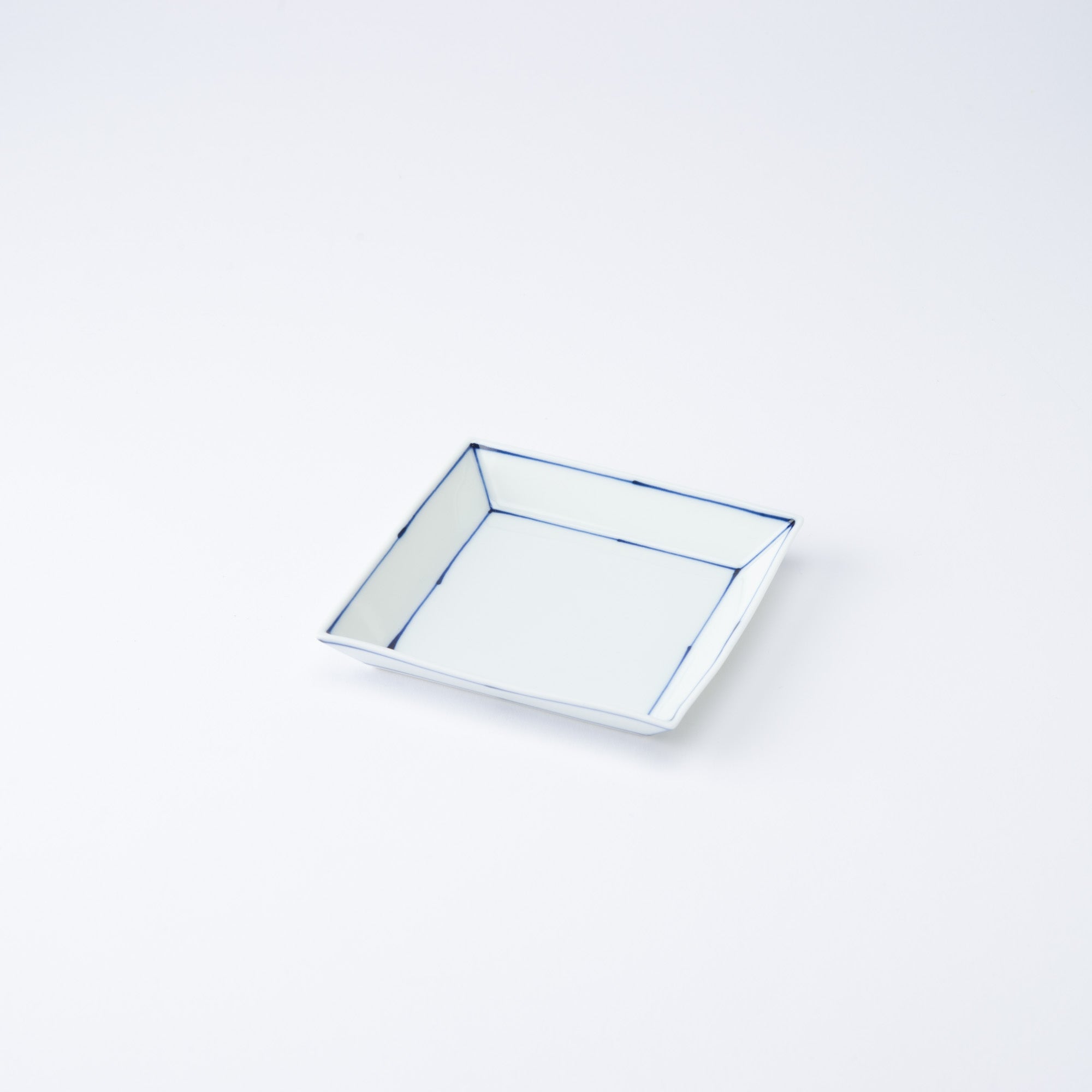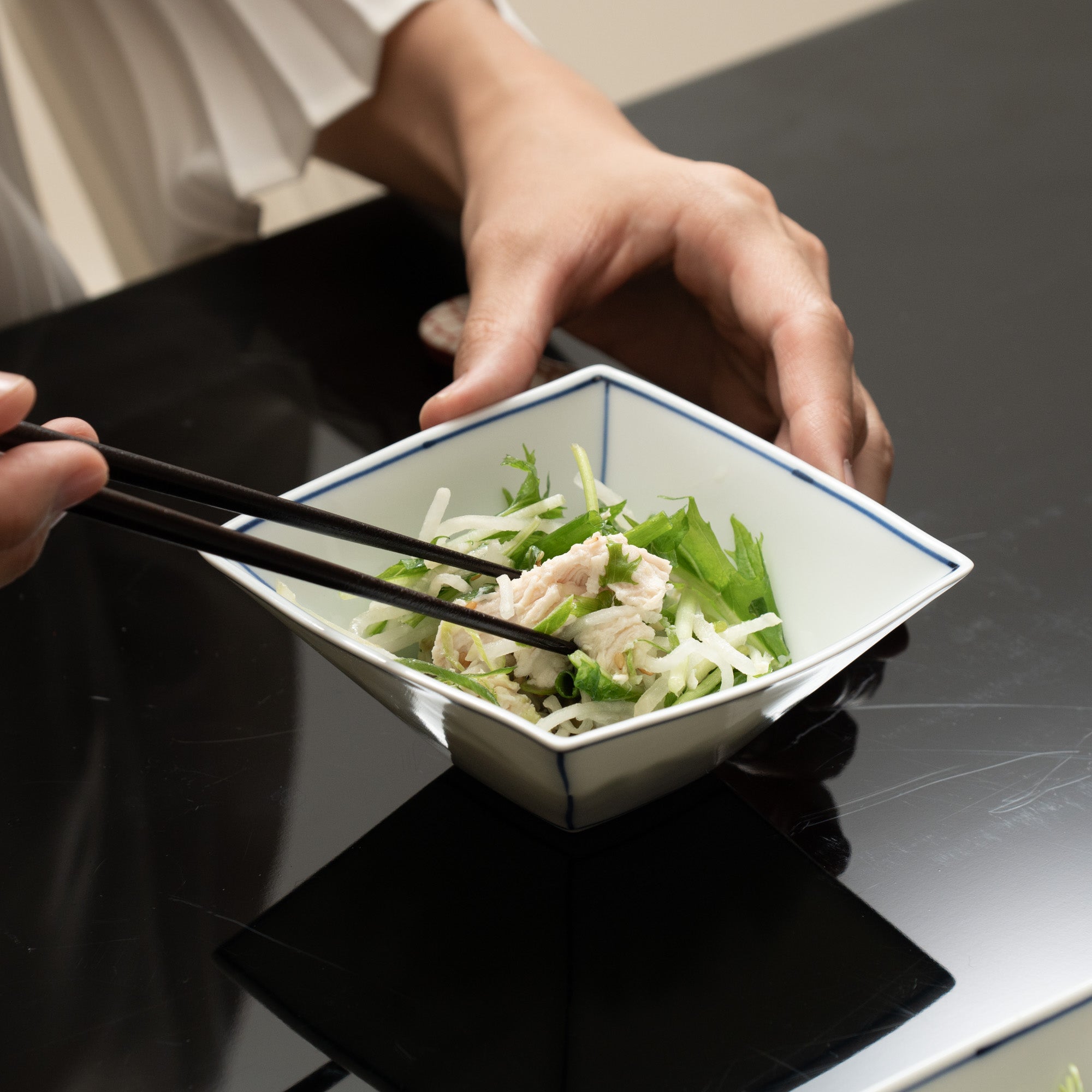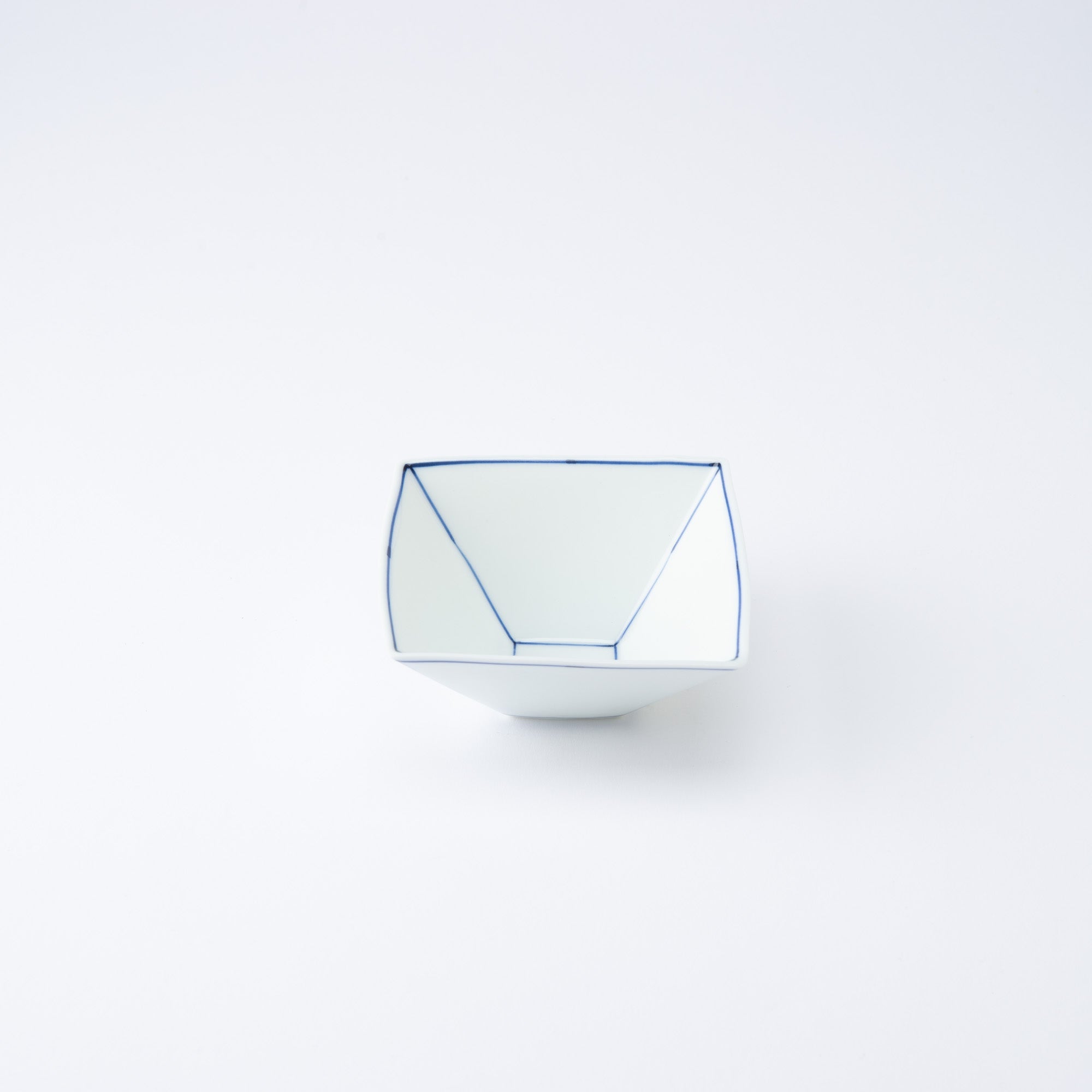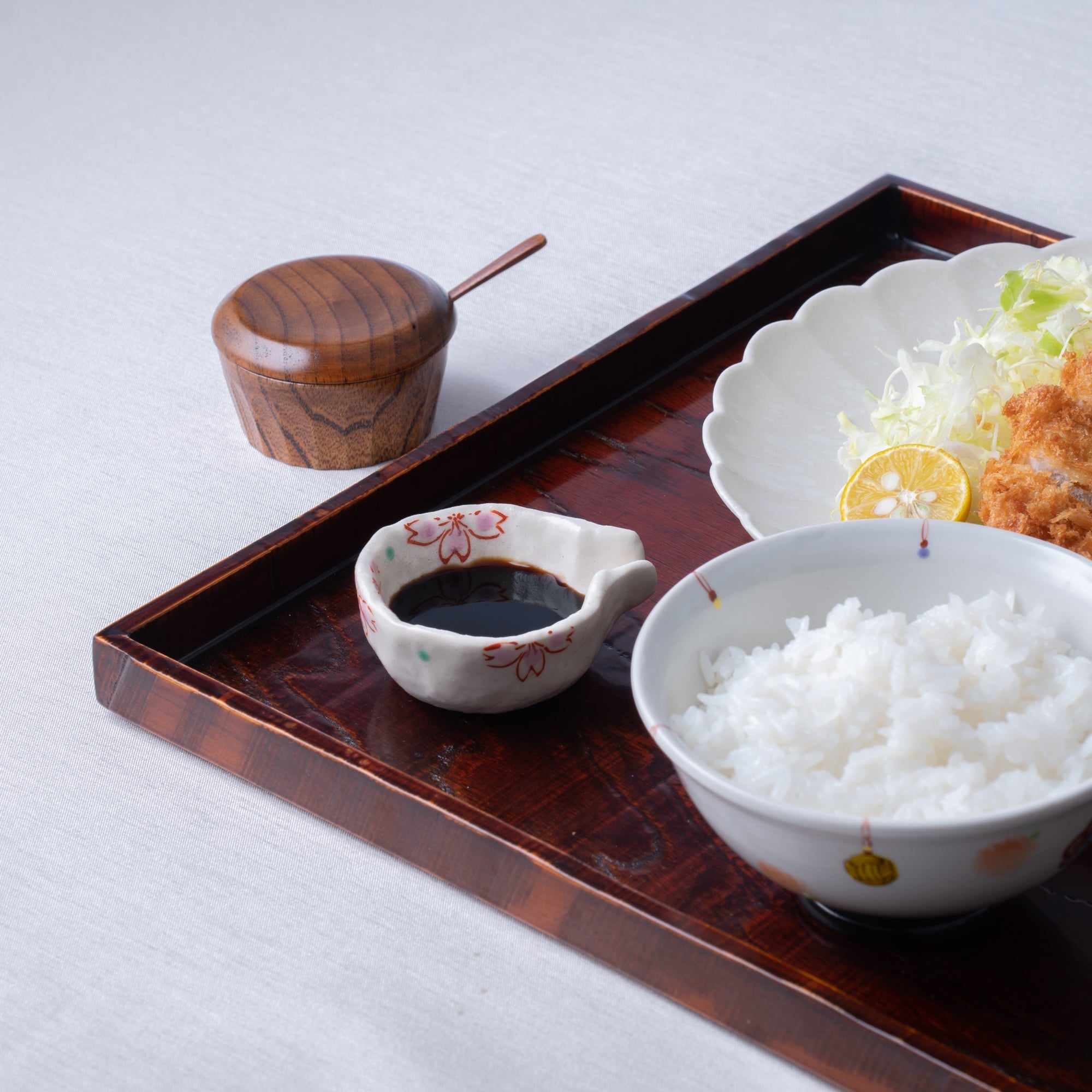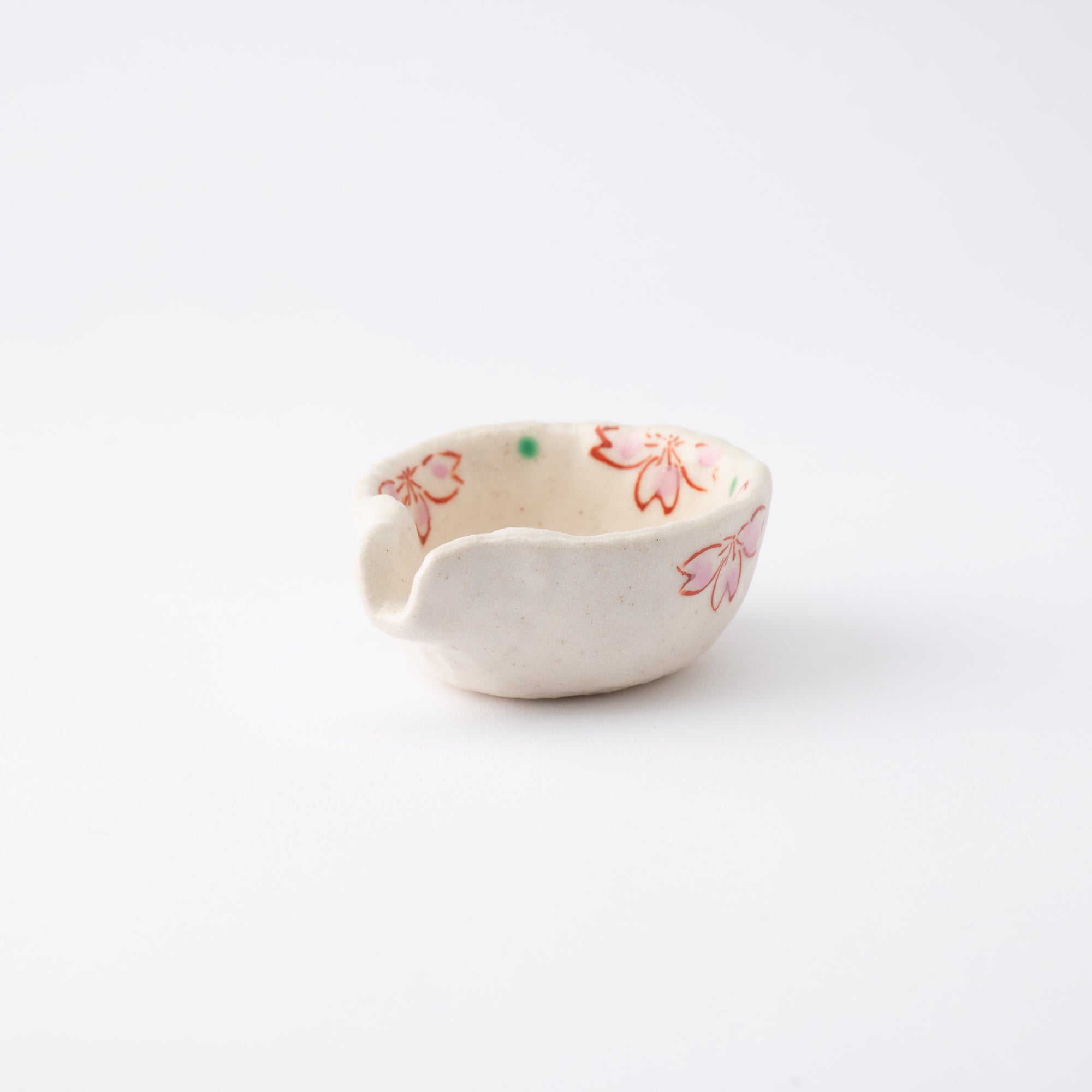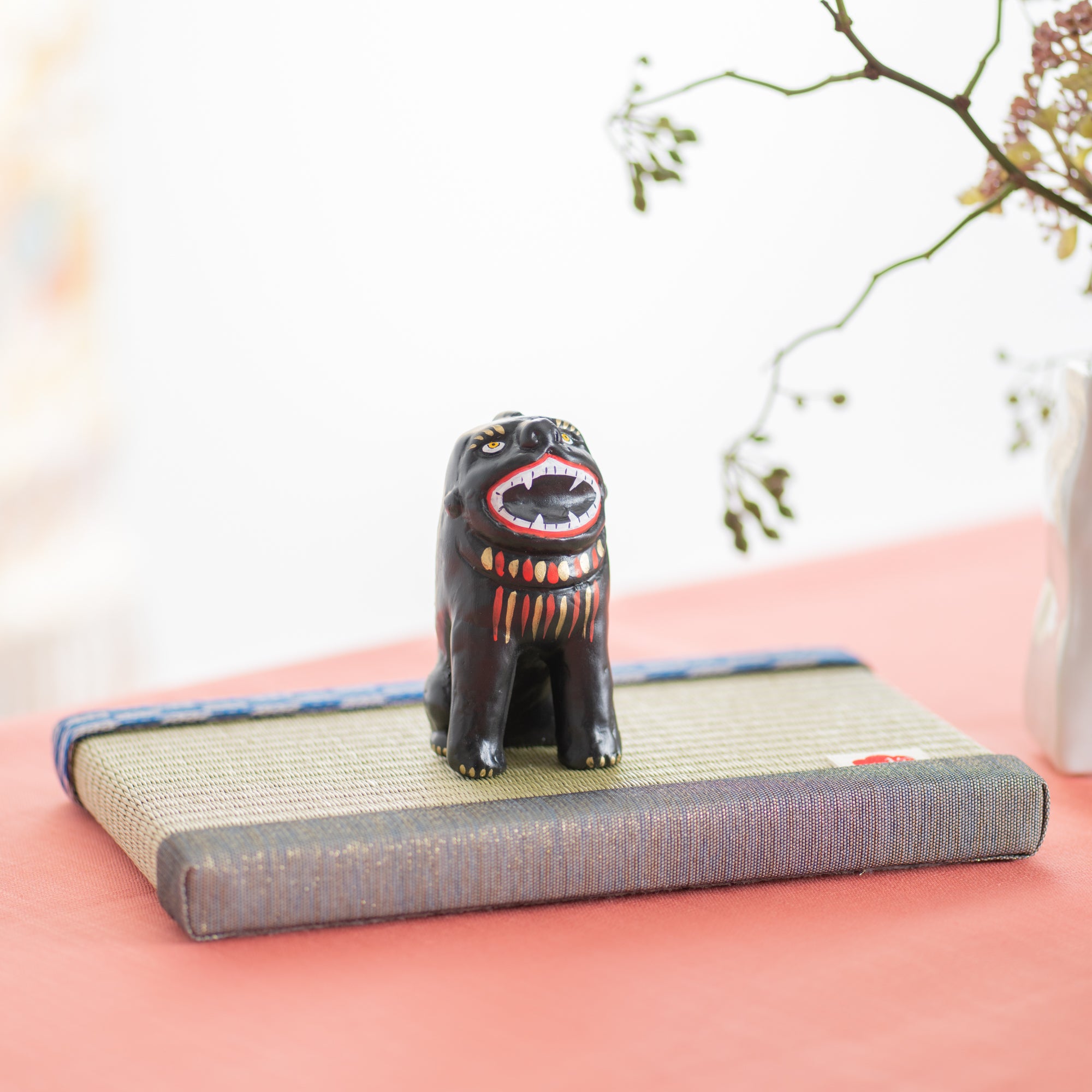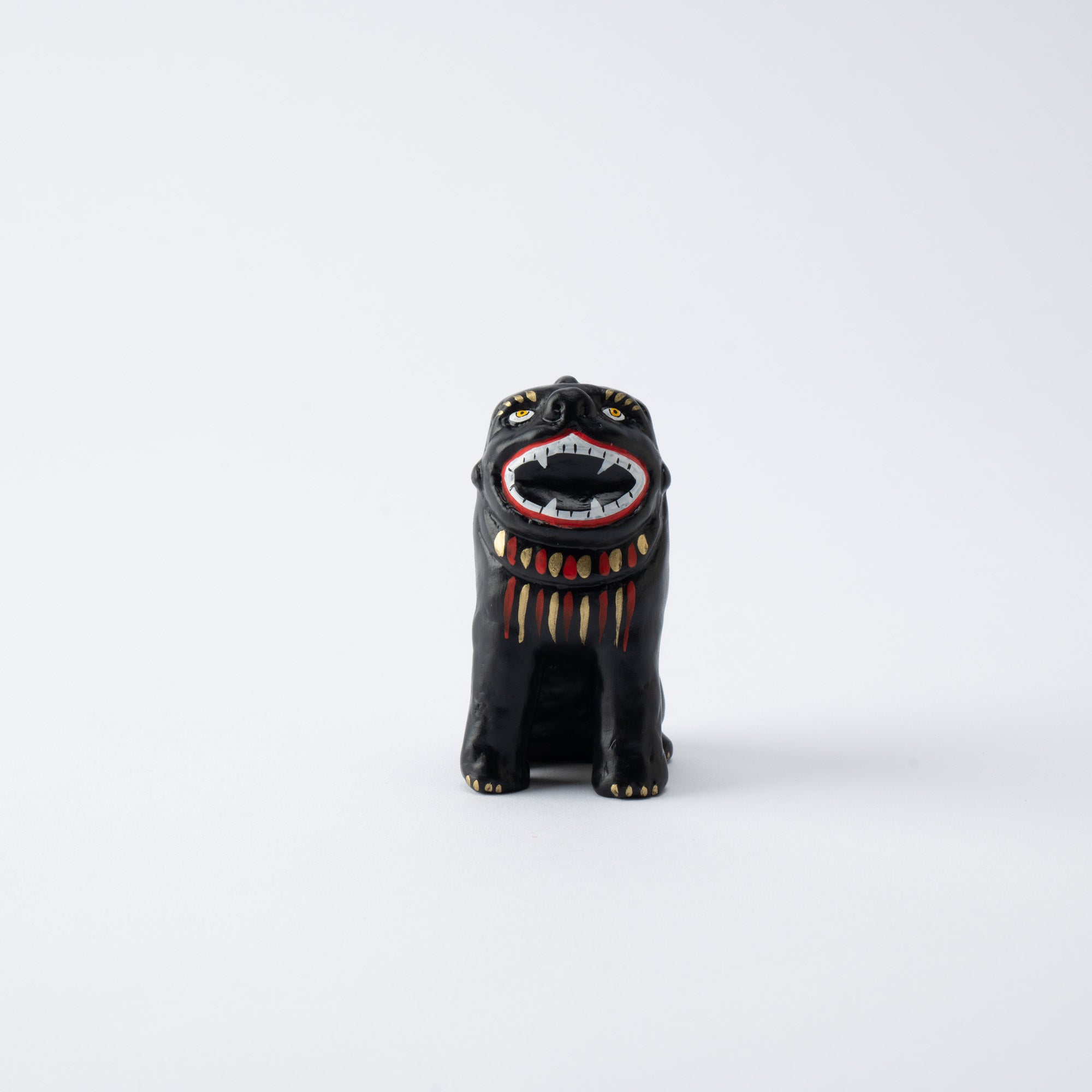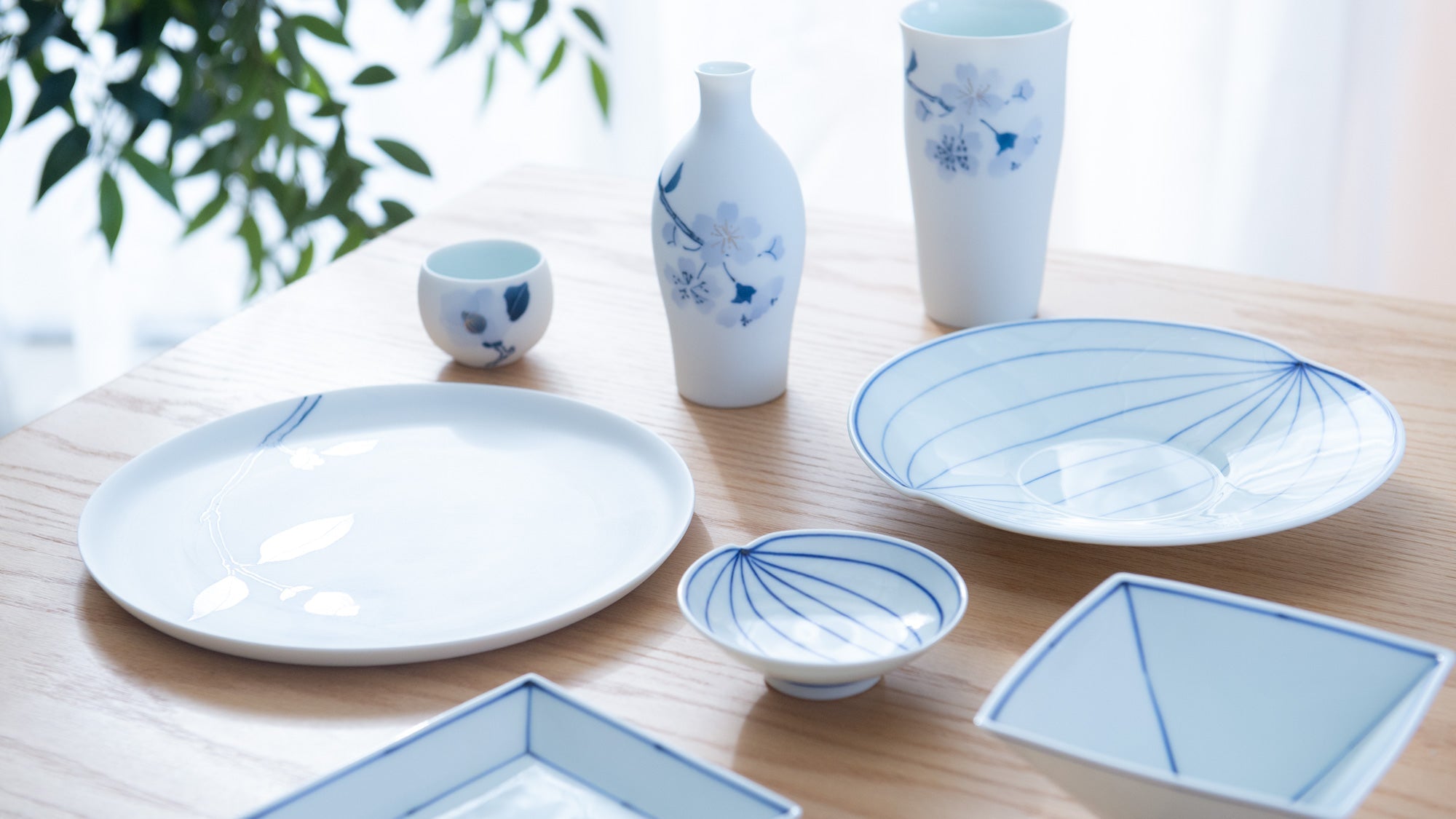
Cerámica con una historia de 1.000 años
Artículos de Seto
Fabricada en la ciudad de Seto y sus alrededores, en la prefectura de Aichi, la cerámica Seto abarca una amplia gama de piezas que reflejan siglos de artesanía e innovación. Como uno de los Seis Hornos Antiguos de Japón (Rokkoyo), la región de Seto ocupa un lugar destacado en el patrimonio cerámico del país. También fue pionera en la producción en masa de porcelana, y su uso generalizado dio origen al término setomono—un término que todavía se utiliza hoy en día para referirse a la cerámica en general.
Destacada por su variedad estilística, Seto es una de las pocas regiones de Japón donde se elaboran tanto gres como porcelana. Desde la sencilla vajilla de uso diario hasta piezas más refinadas, la cerámica de Seto sigue marcando la vida cotidiana con creaciones que equilibran tradición y creatividad.
Seto, donde se perfeccionó la cerámica mediante el uso del vidriado, se convirtió en la mayor zona de producción de cerámica de Japón durante el período Kamakura (1185-1333 d. C.). Se considera la cuna de la cerámica vidriada en Japón, en una época en la que la mayoría de la cerámica de otras regiones permanecía sin vidriar.
La cerámica Seto es también la cuna de la producción en masa de porcelana en Japón, que comenzó alrededor del período Edo (1603-1868 d. C.) gracias a la iniciativa de Kato Tamikichi, quien trajo consigo las técnicas de fabricación de porcelana de la región de Kyushu. Este avance contribuyó a que la vajilla de porcelana fuera más accesible para los hogares de todo el país.
La tradición cerámica de Seto ha perdurado durante casi 1000 años gracias a los ricos yacimientos de arcilla de alta calidad de la región y a un espíritu de adaptación continua. Al adoptar nuevas tecnologías e influencias culturales con flexibilidad y visión de futuro, Seto se ha mantenido como un centro de excelencia cerámica. Hoy en día, se produce una amplia variedad de cerámicas, desde vajillas japonesas hasta azulejos arquitectónicos y piezas decorativas.

La cerámica Seto Sometsuke se refiere a la cerámica azul y blanca producida en la zona de la ciudad de Seto y la ciudad de Owari Asahi de la prefectura de Aichi. algúntsuke Aunque la técnica de pintar azul cobalto sobre arcilla blanca se asocia típicamente con la porcelana, Seto Sometsuke desarrolló su propio estilo expresivo conocido por su suavidad y profundidad.
Los orígenes de Seto Sometsuke se remontan a principios del siglo XIX, cuando alfareros como Kato Tamikichi introdujeron técnicas de cocción de porcelana de Kyushu. Por la misma época, pintores profesionales compartieron pinceladas de inspiración china con artesanos seto, lo que contribuyó al desarrollo de un estilo pictórico suave y lírico. A mediados del siglo XIX, surgió un enfoque decorativo claramente seto, que a menudo representaba paisajes, aves y flores locales con delicadas pinceladas. gosu—un pigmento a base de cobalto que se aplica antes del esmaltado.
Las piezas pintadas se cubren luego con un esmalte transparente y se cuecen a alta temperatura utilizando un método llamado Nerashi, que mantiene el horno a temperatura máxima para obtener un brillo intenso y un rico tono azul. Esta técnica le da a Seto Sometsuke su apariencia delicada pero vívida, con cada pieza pintada a mano y sutilmente única. En 1997, Seto Sometsuke fue declarado oficialmente artesanía tradicional, un reconocimiento tanto a su legado como a su perdurable arte.
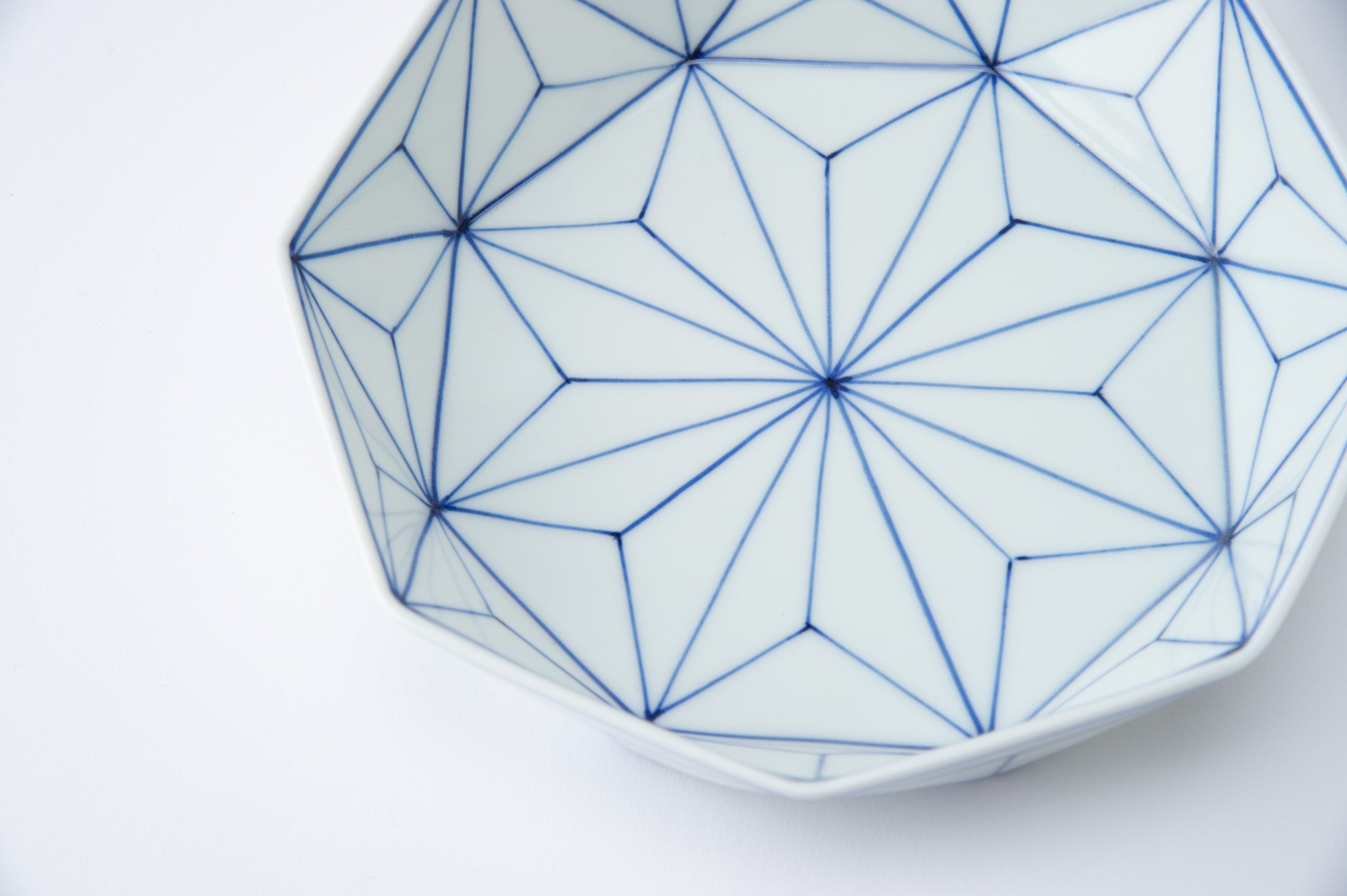
Creadores
Filtros


